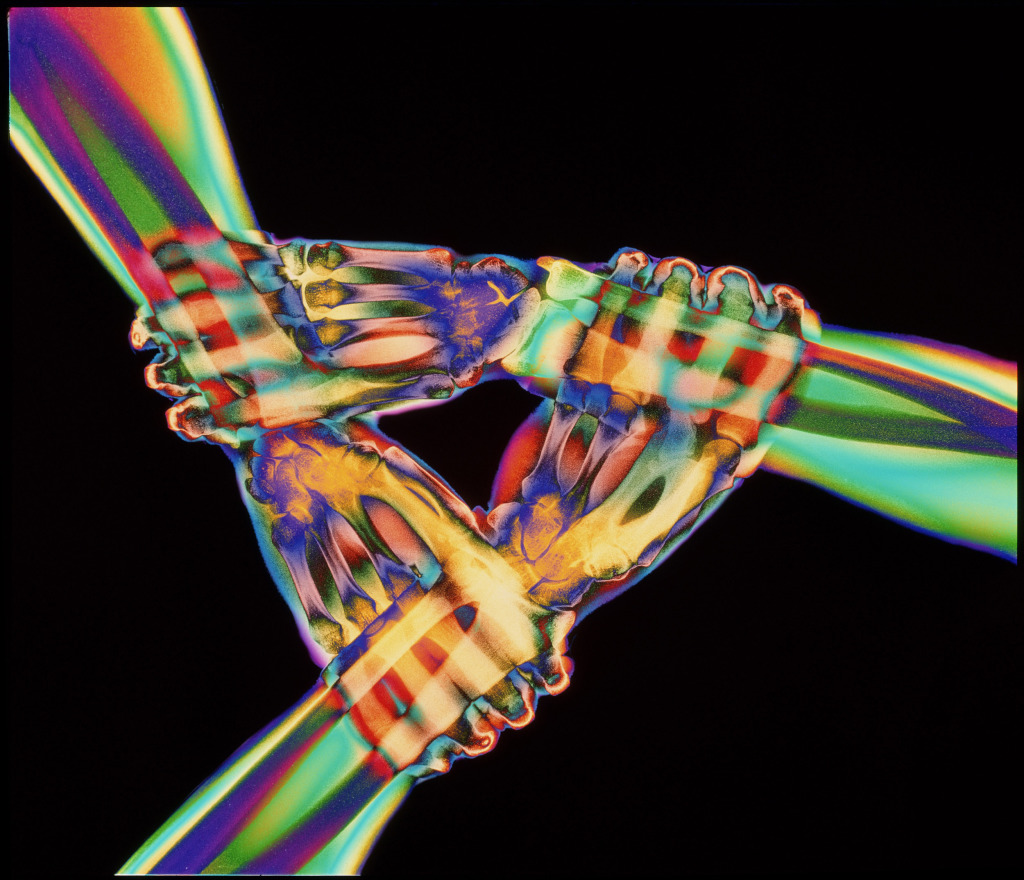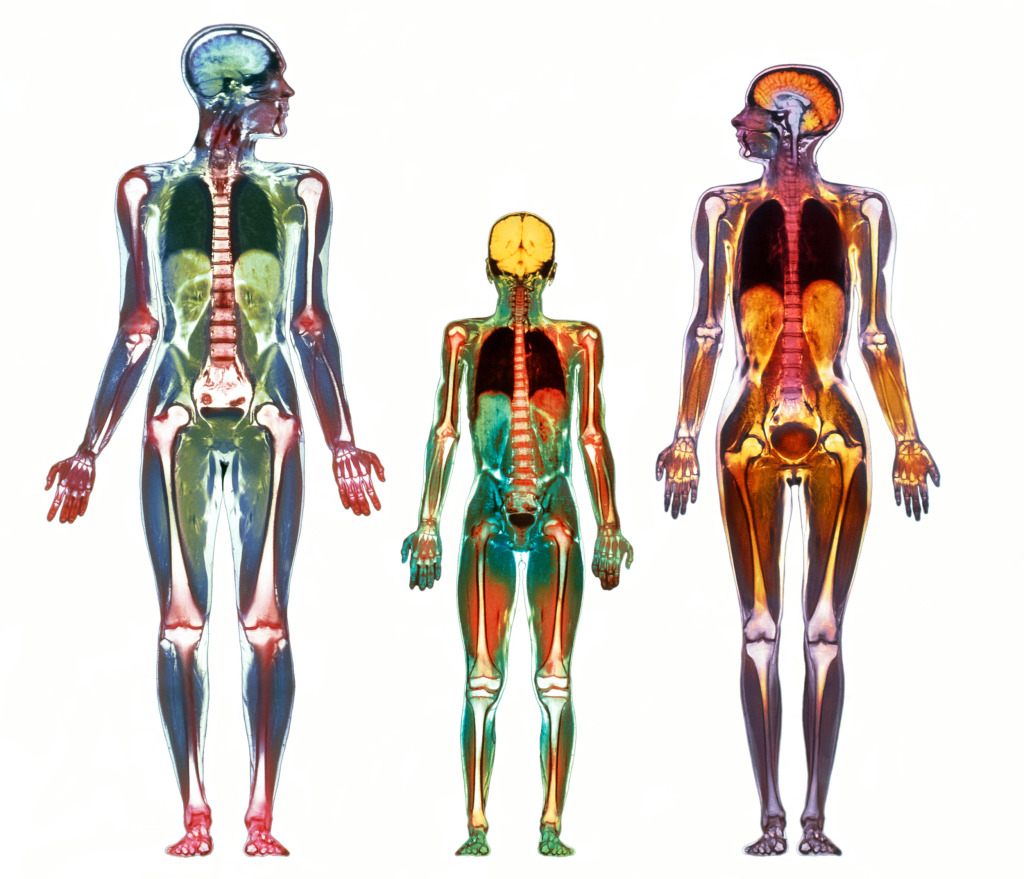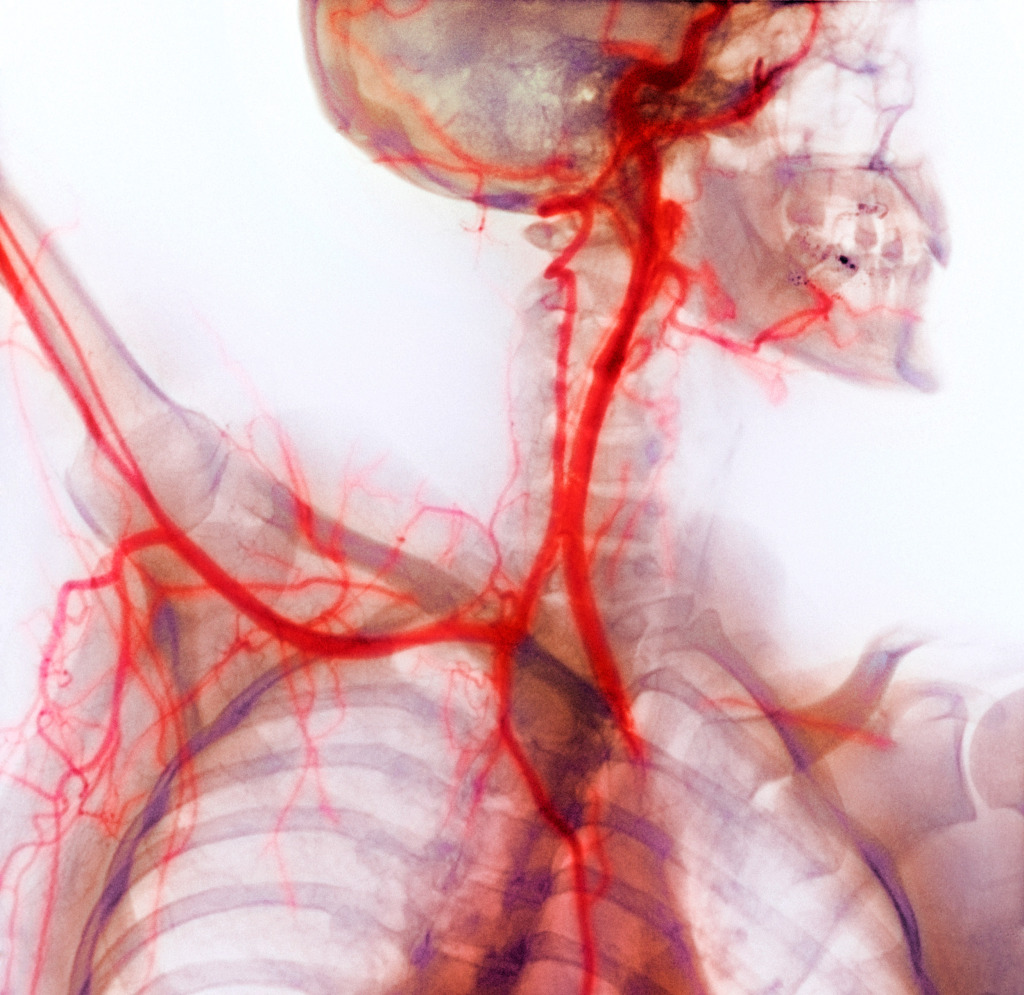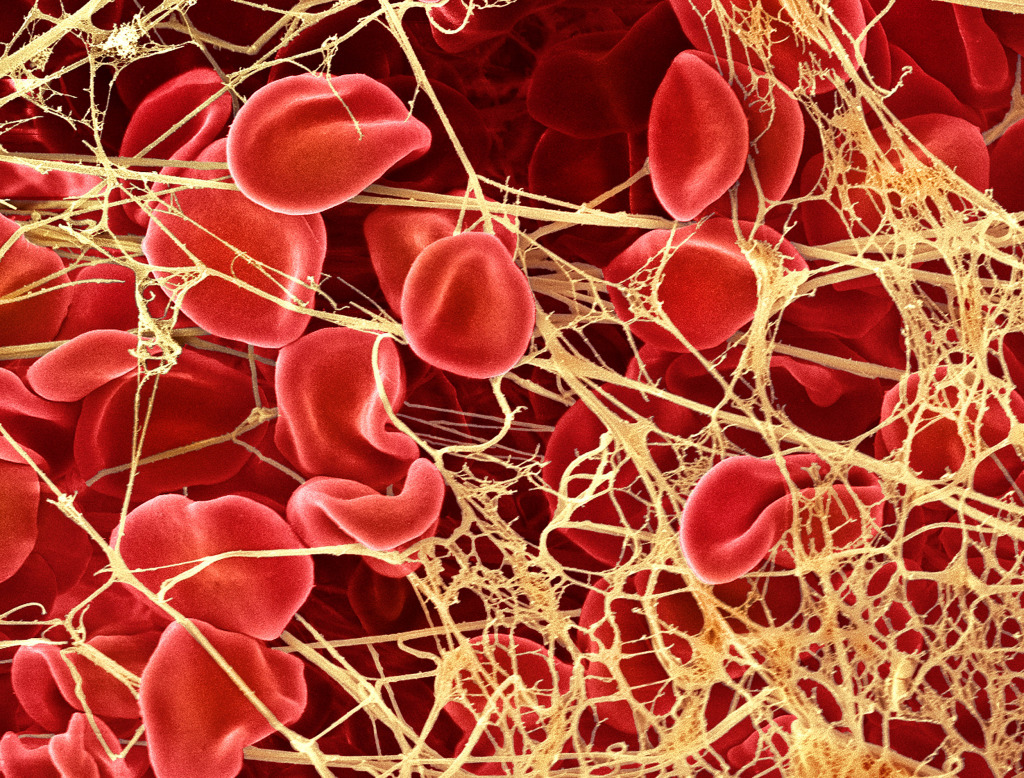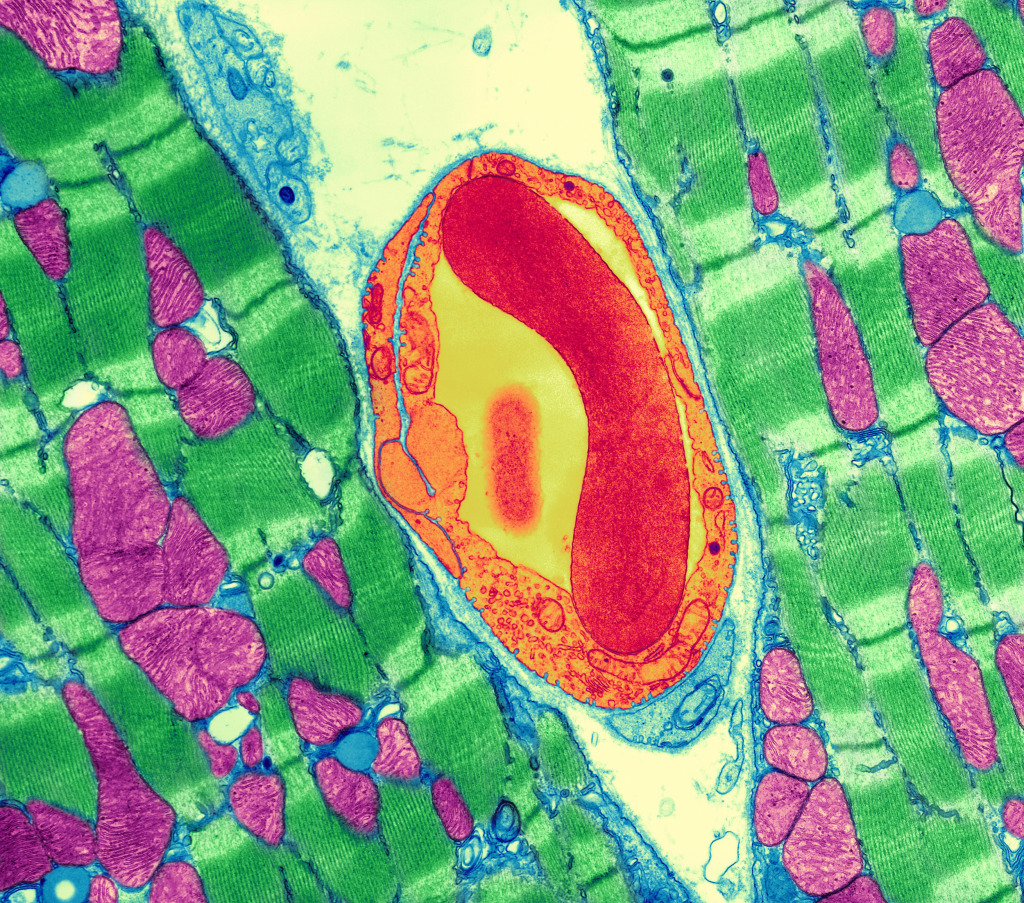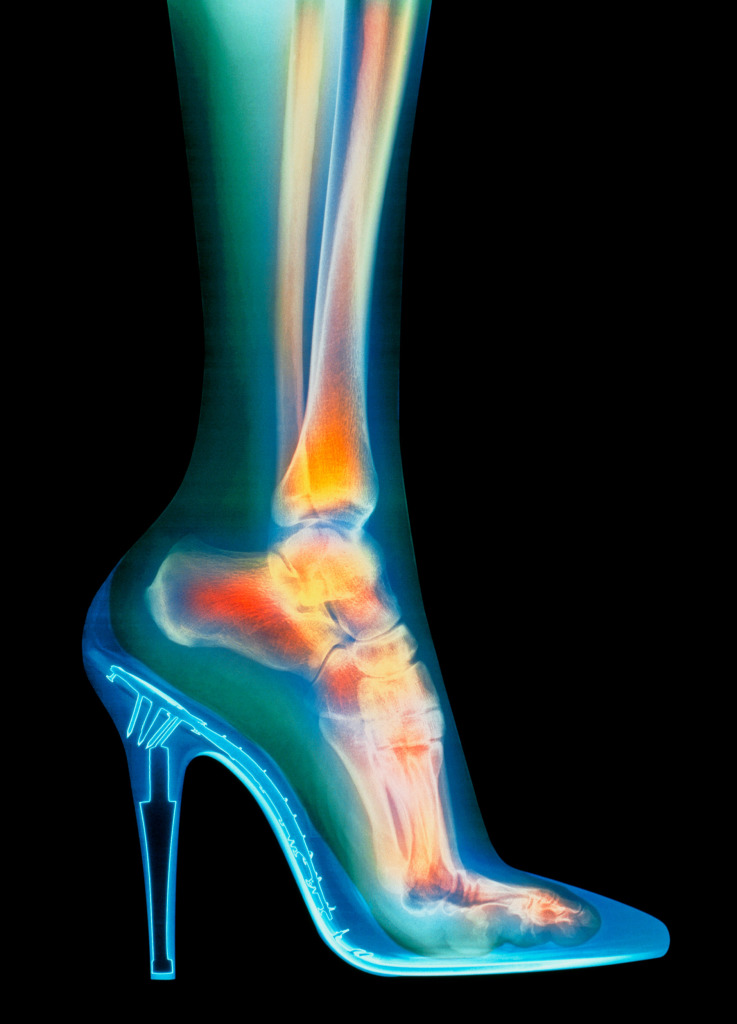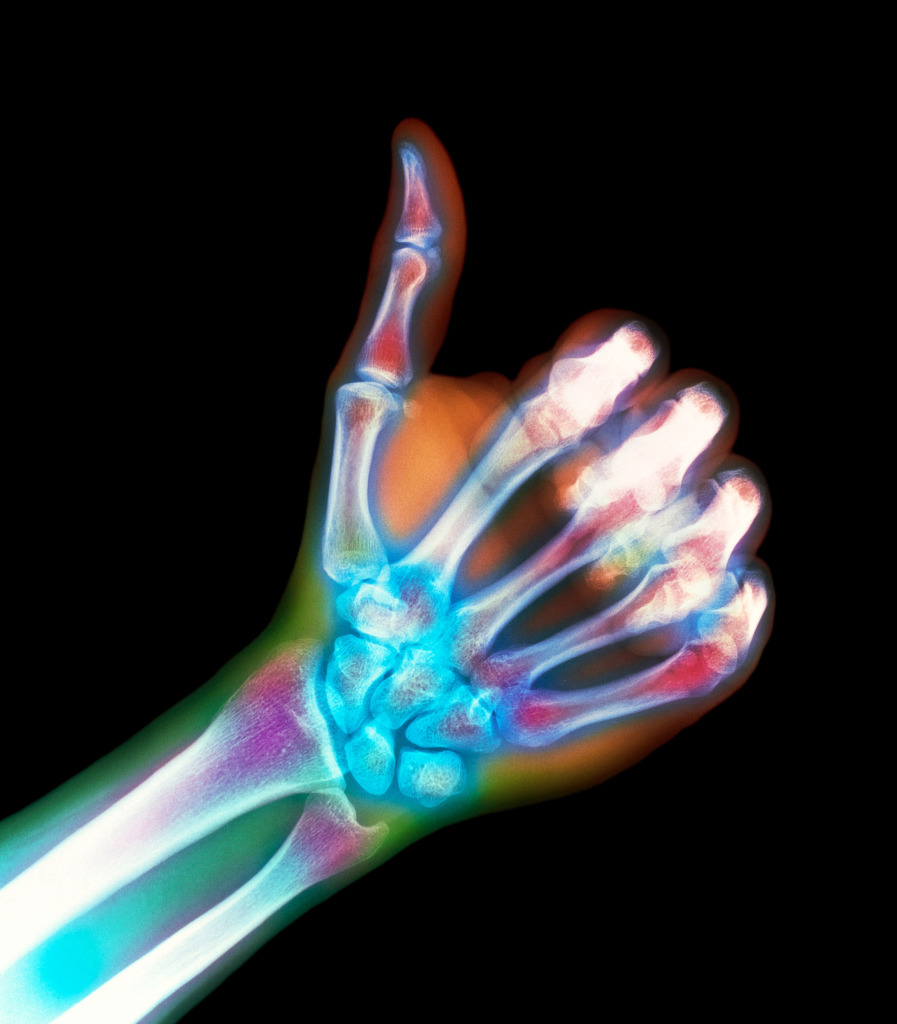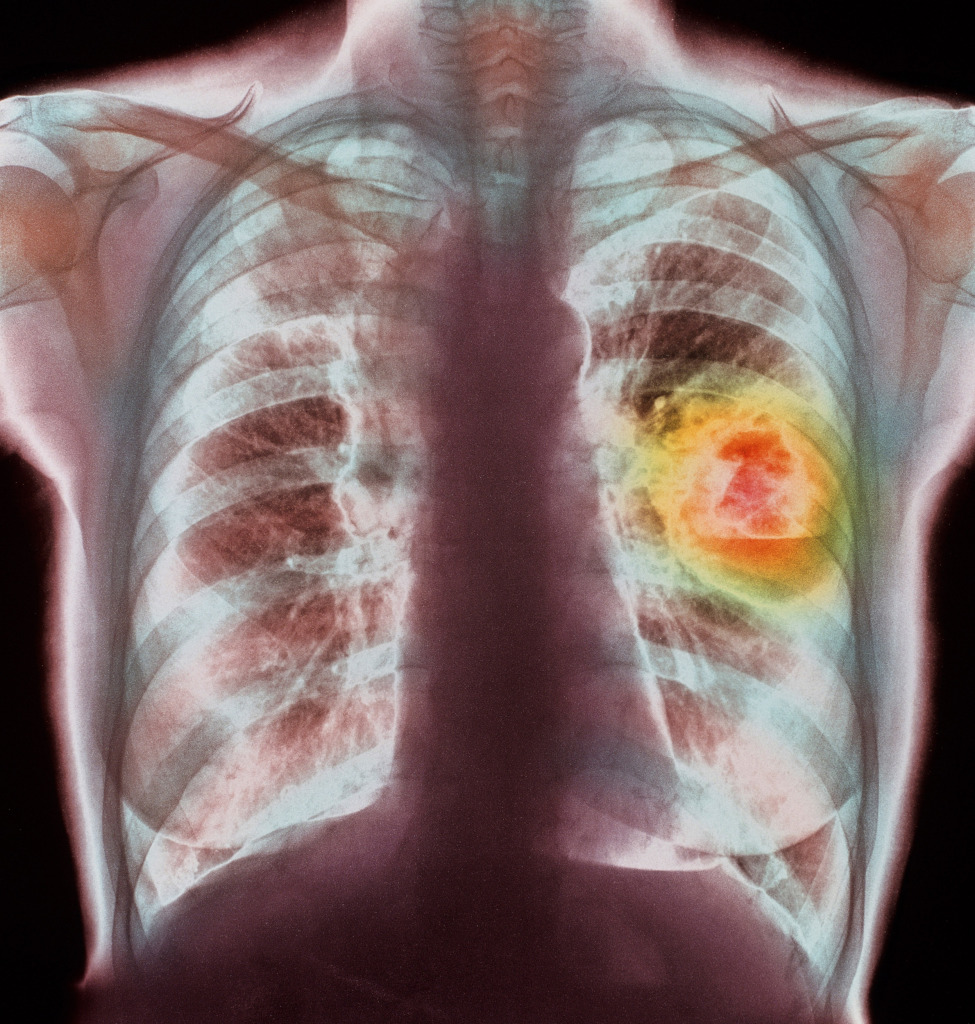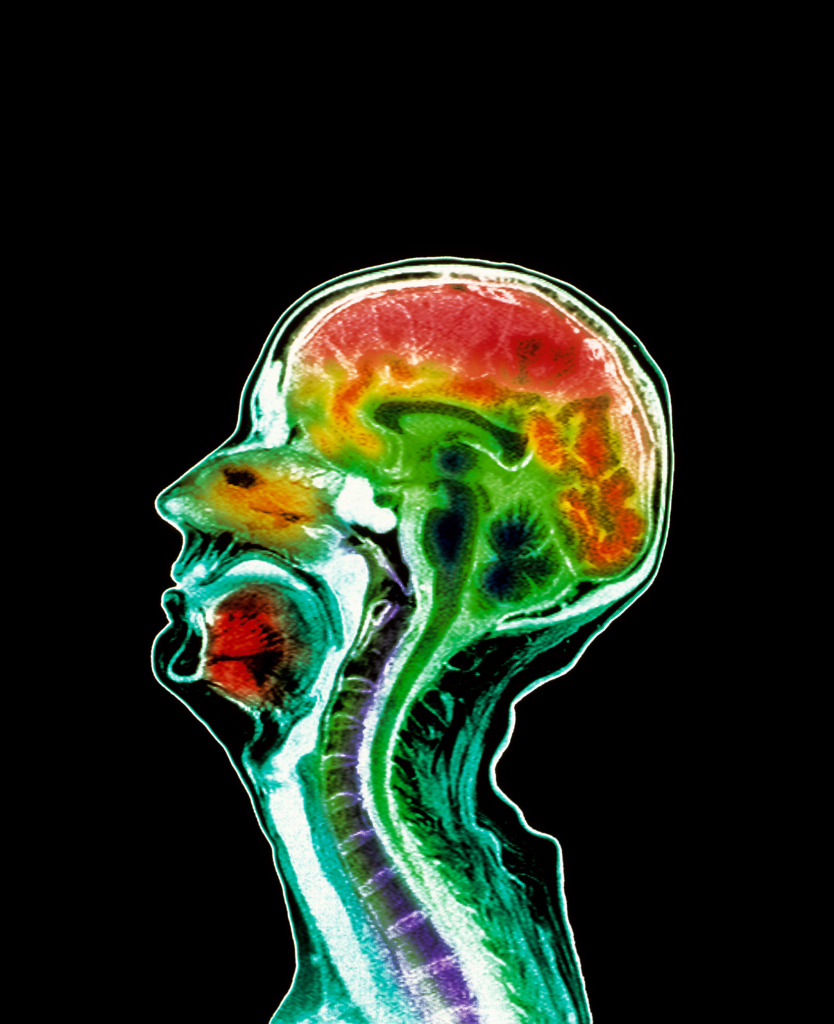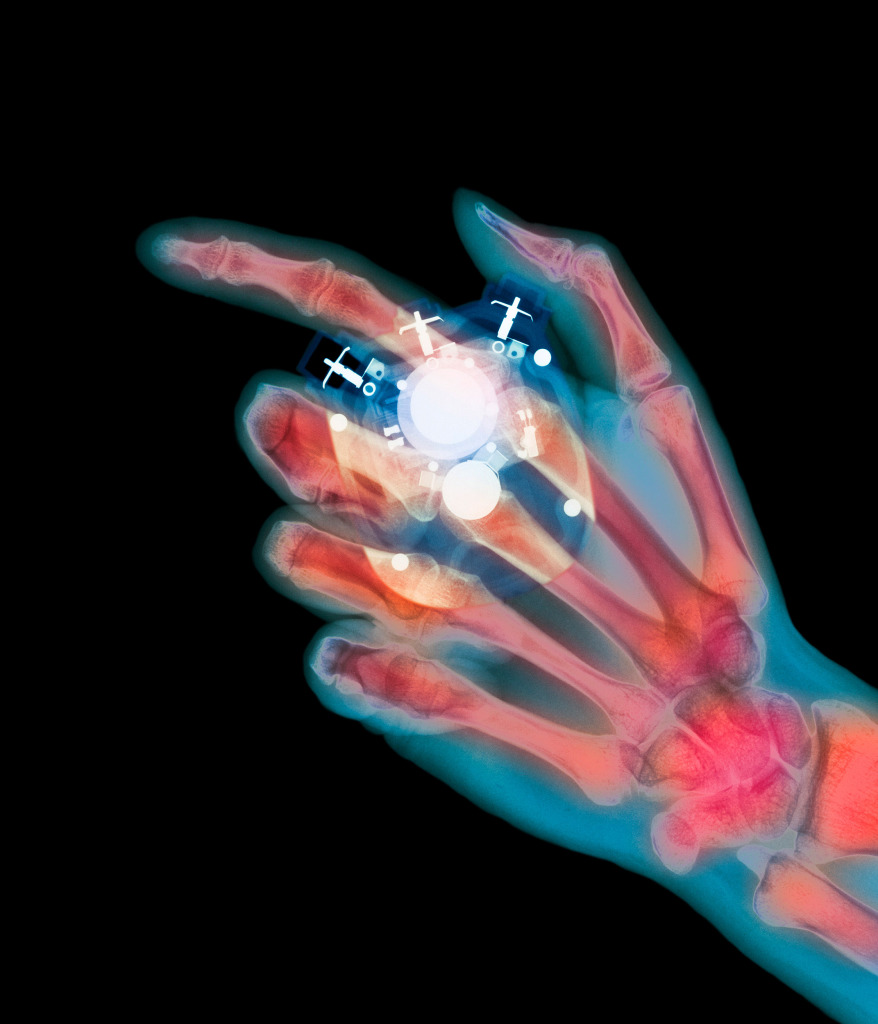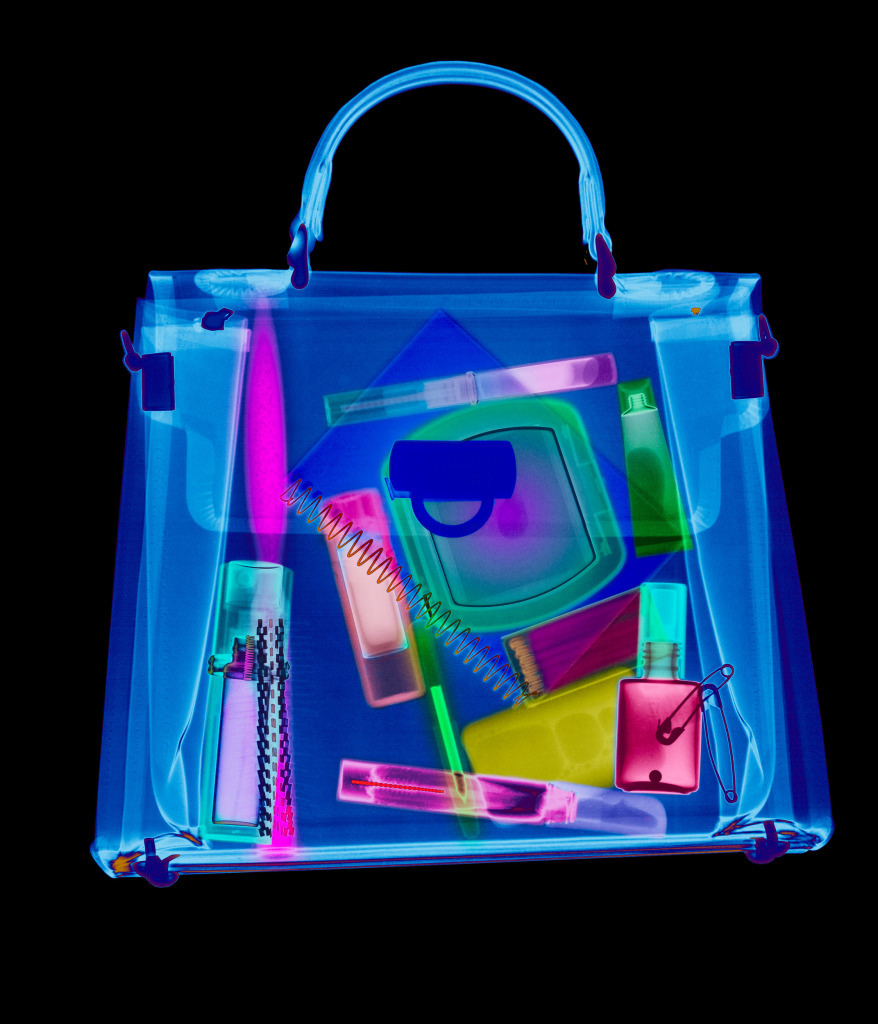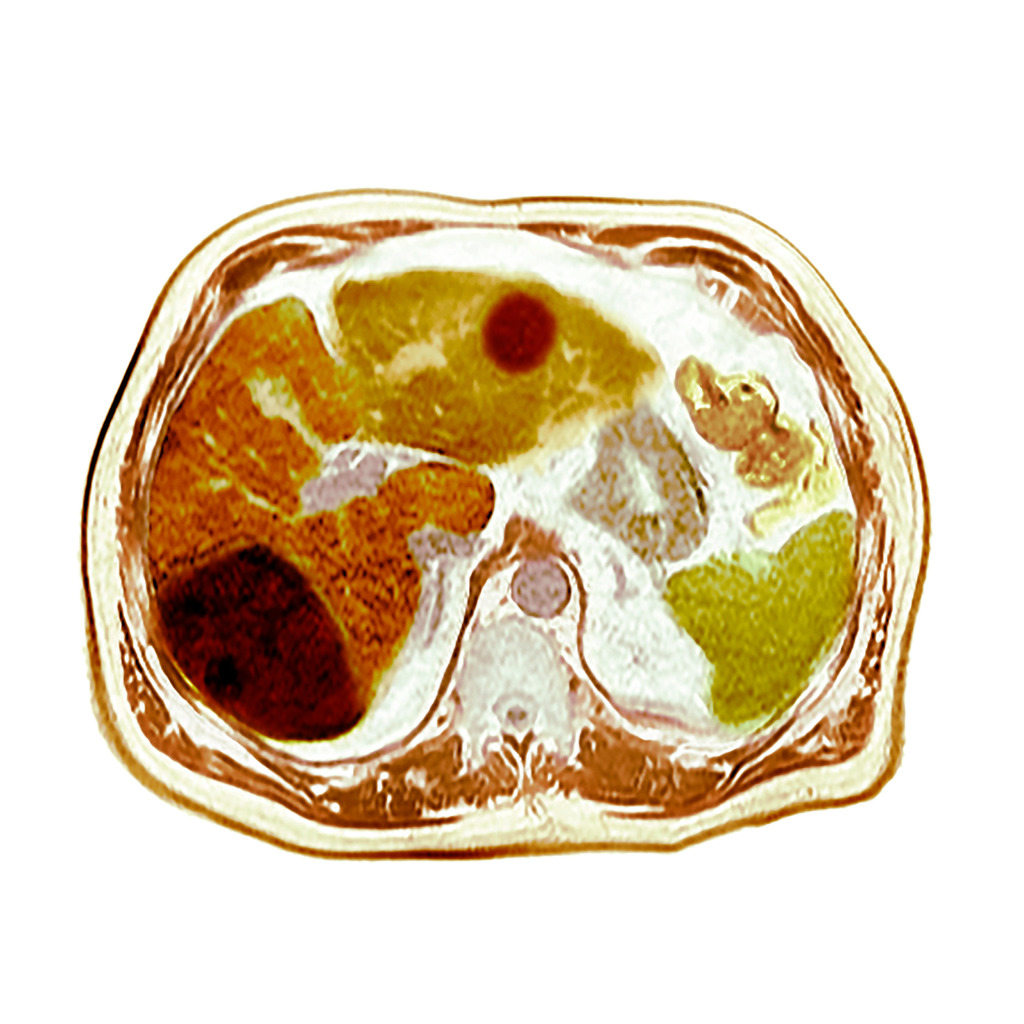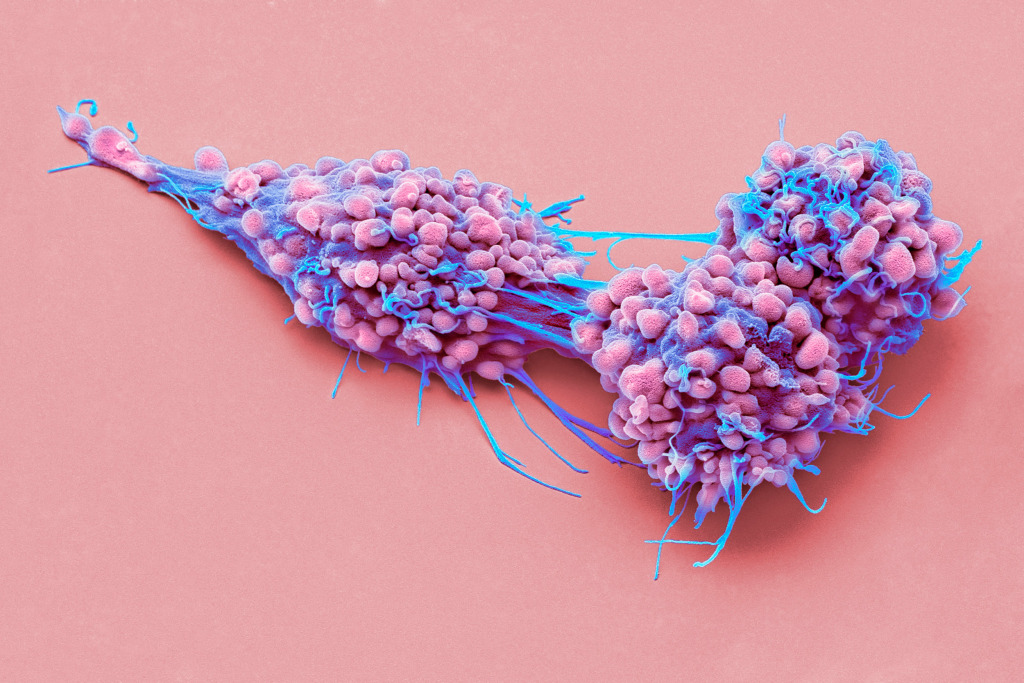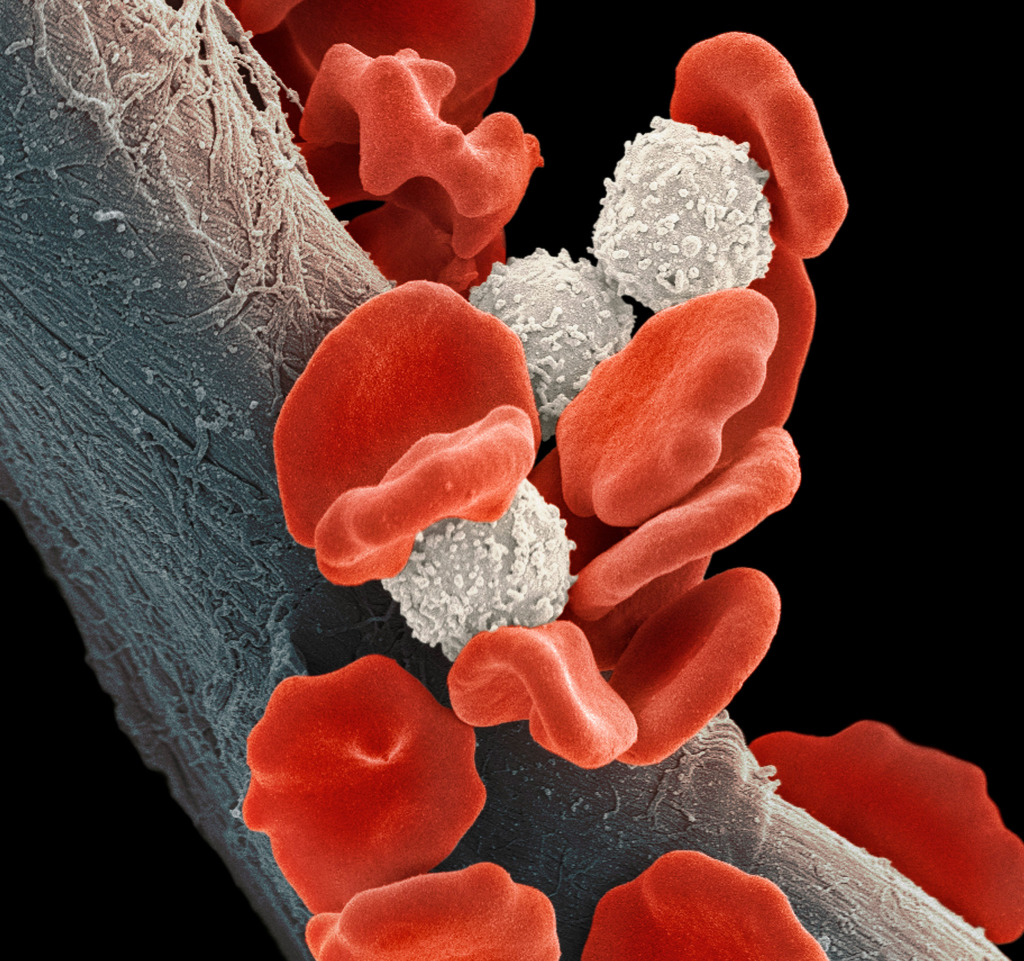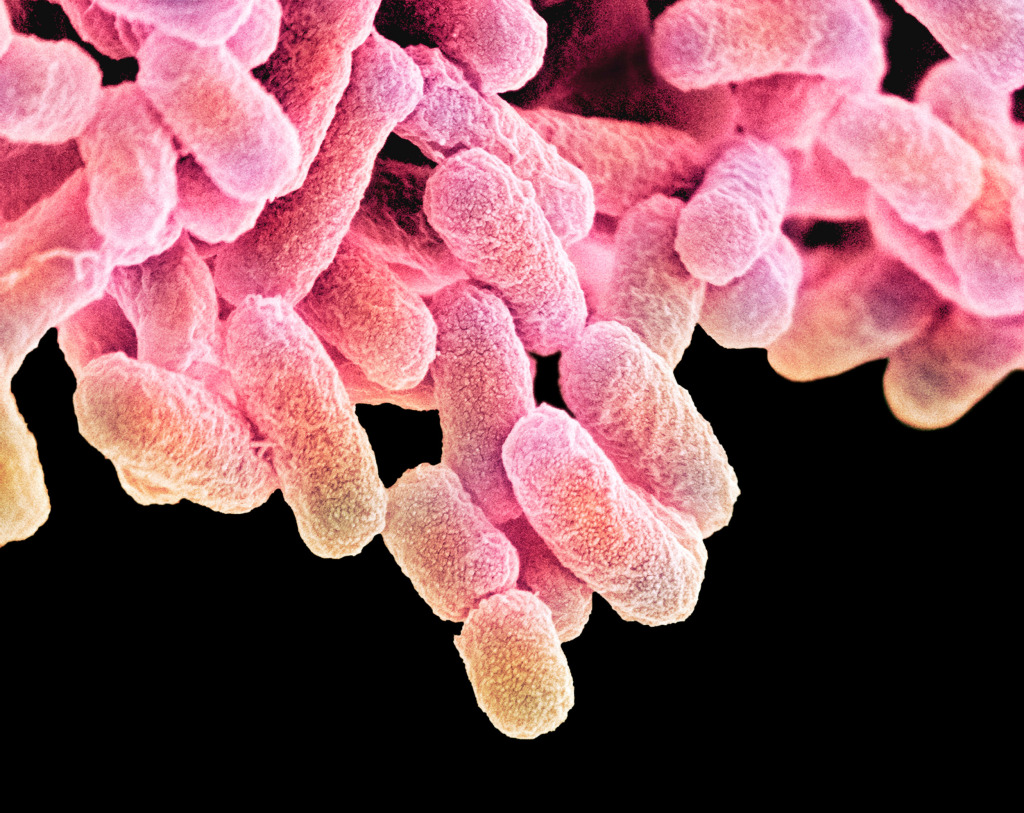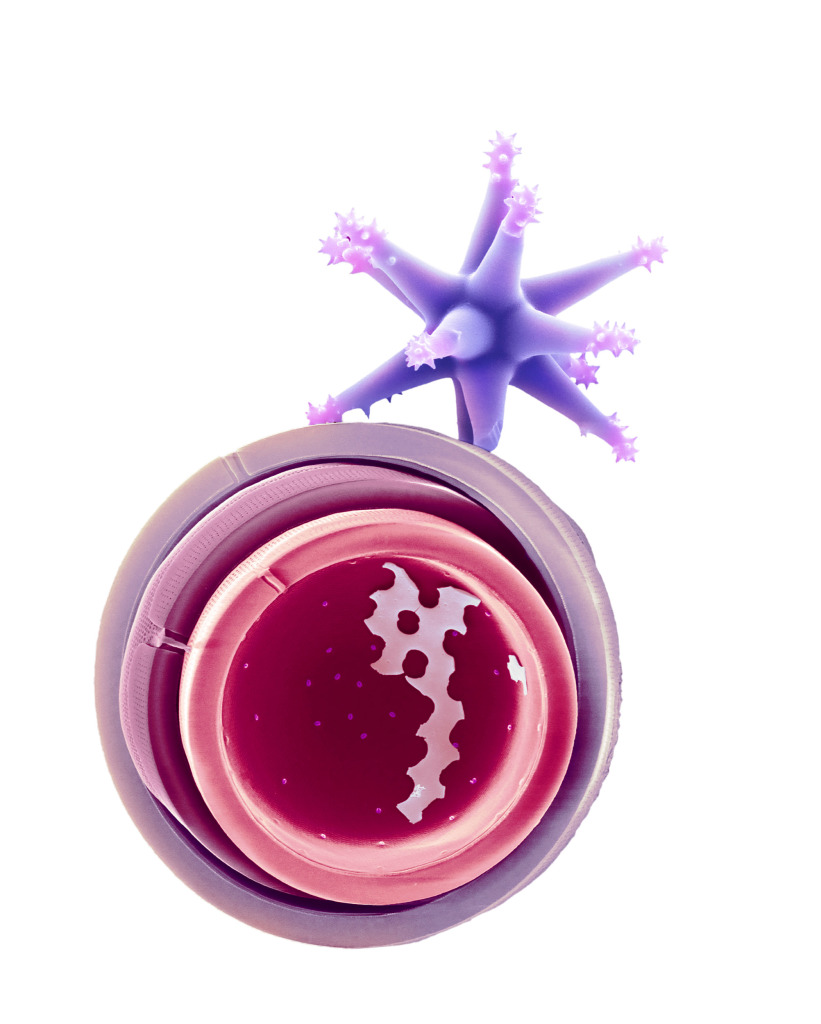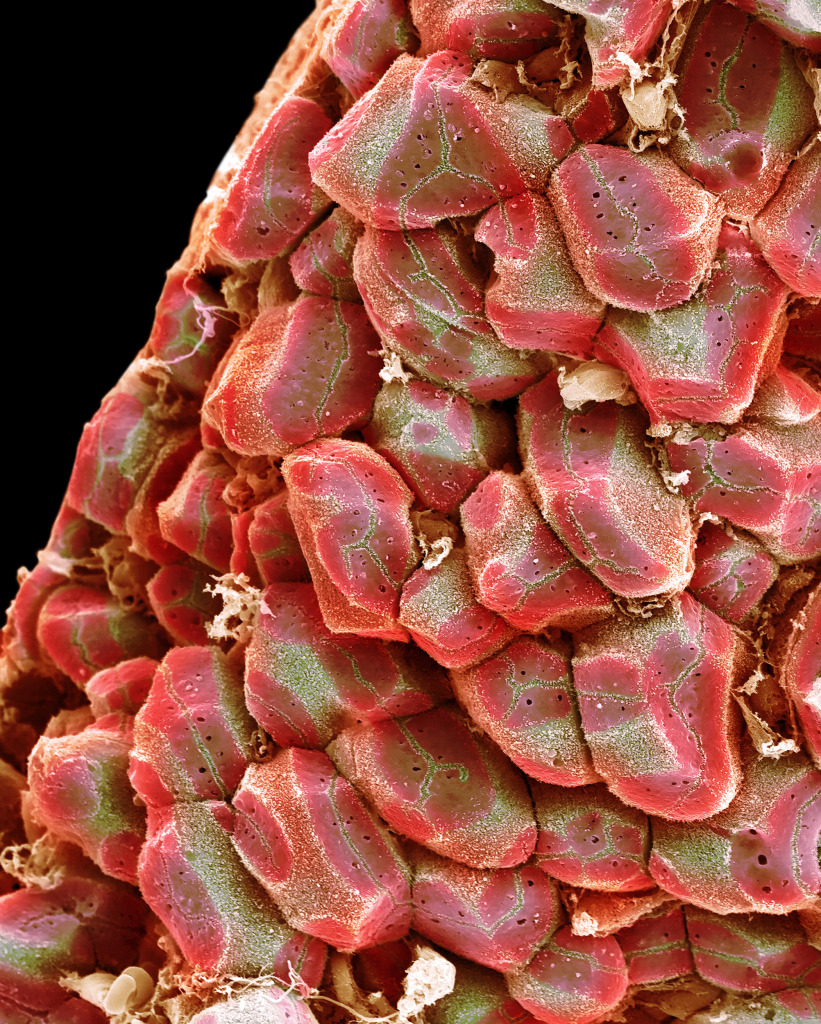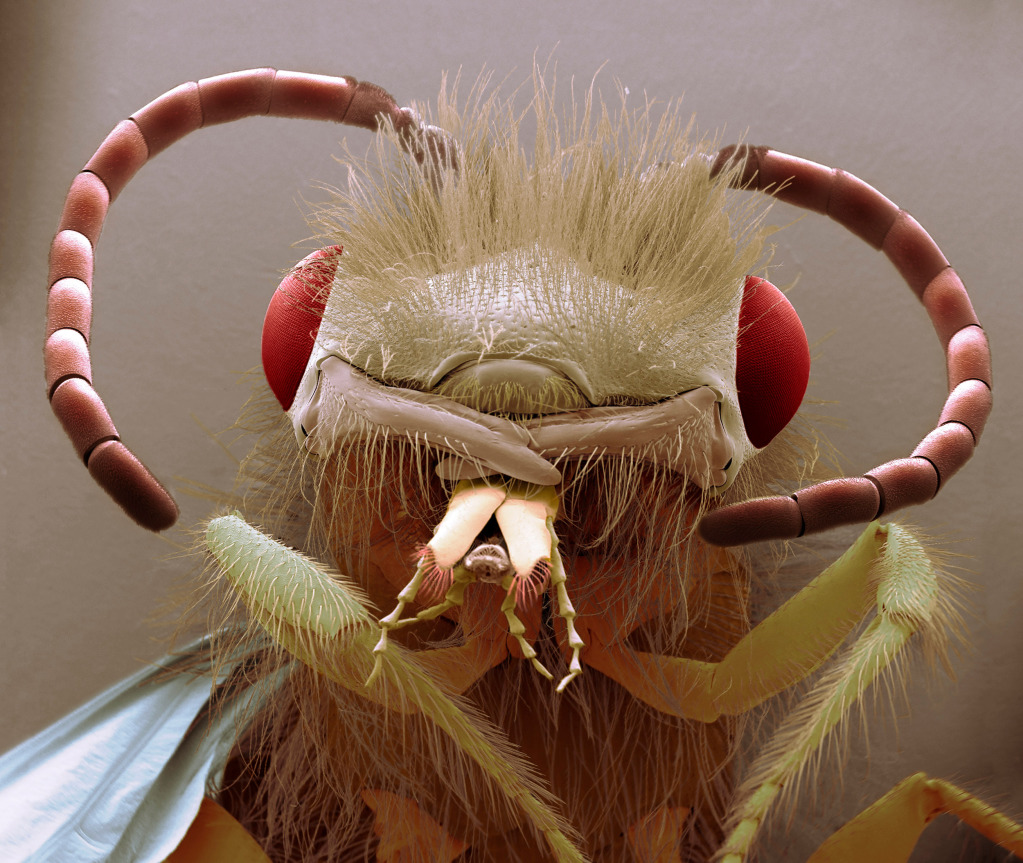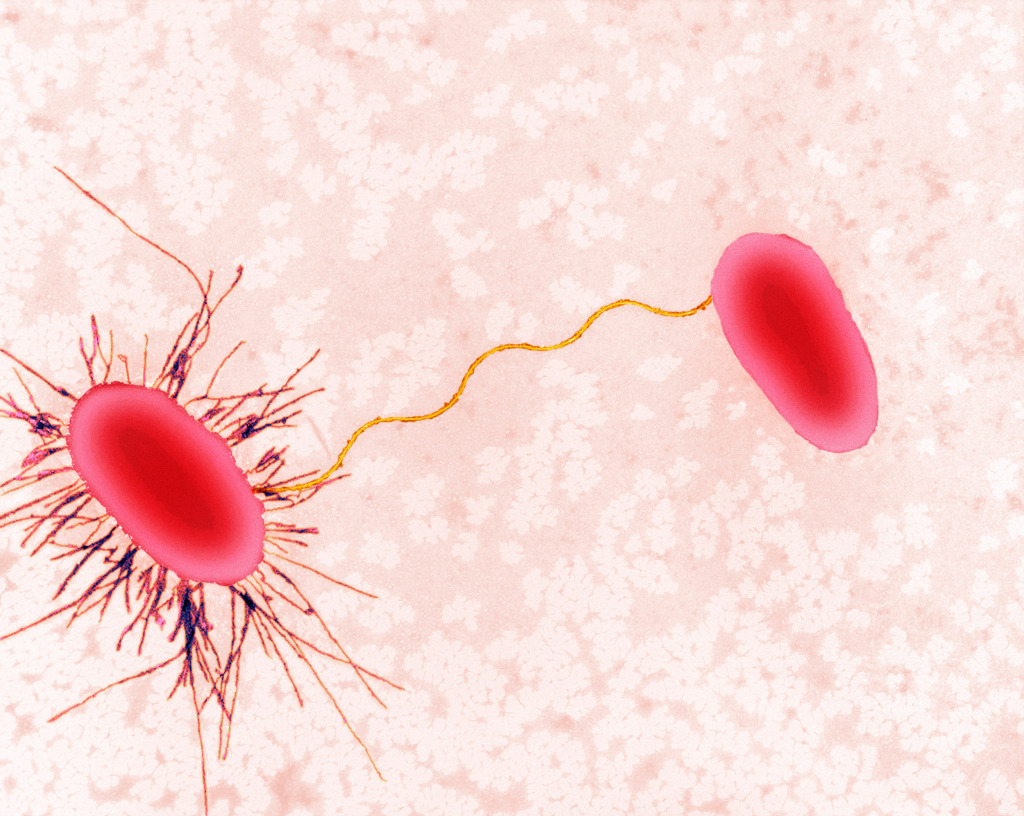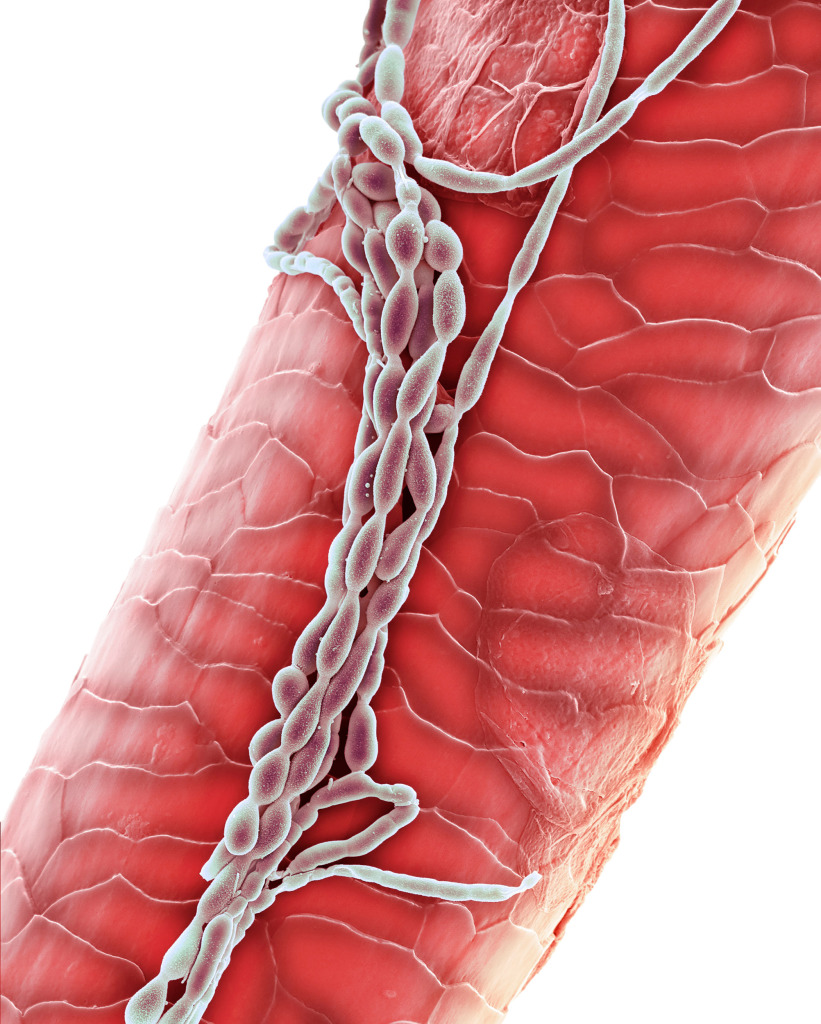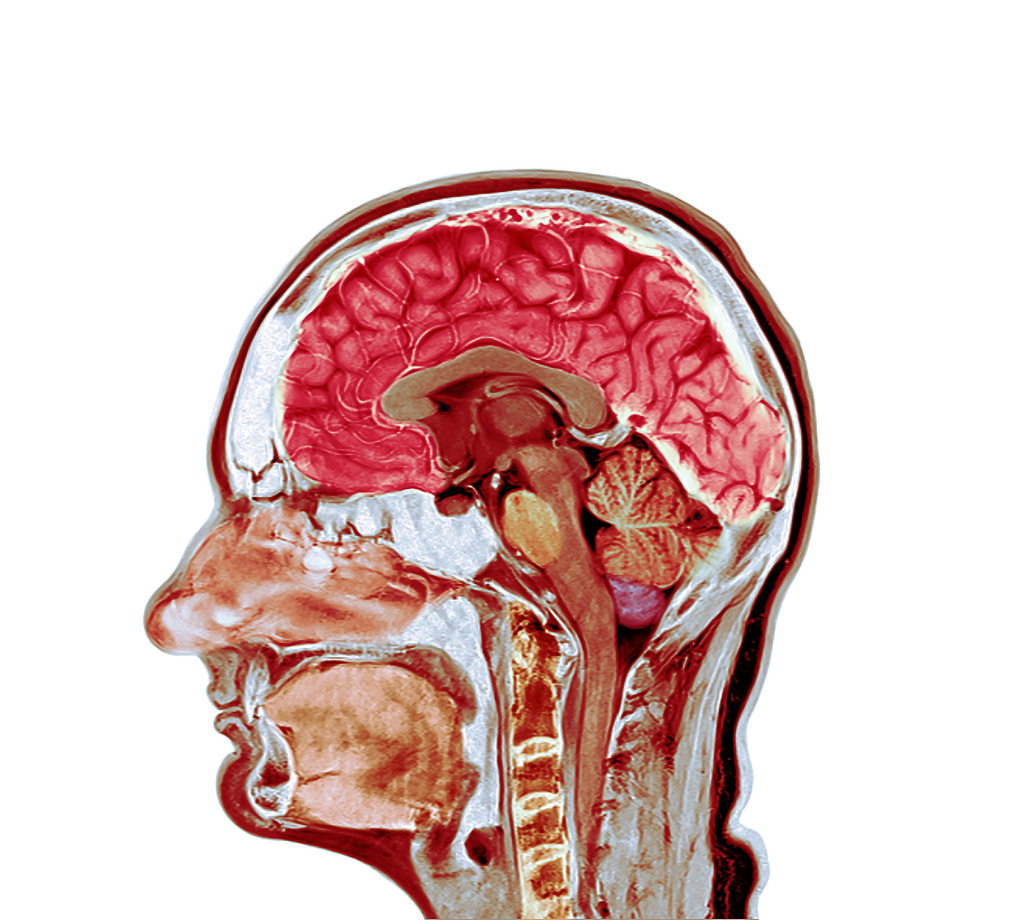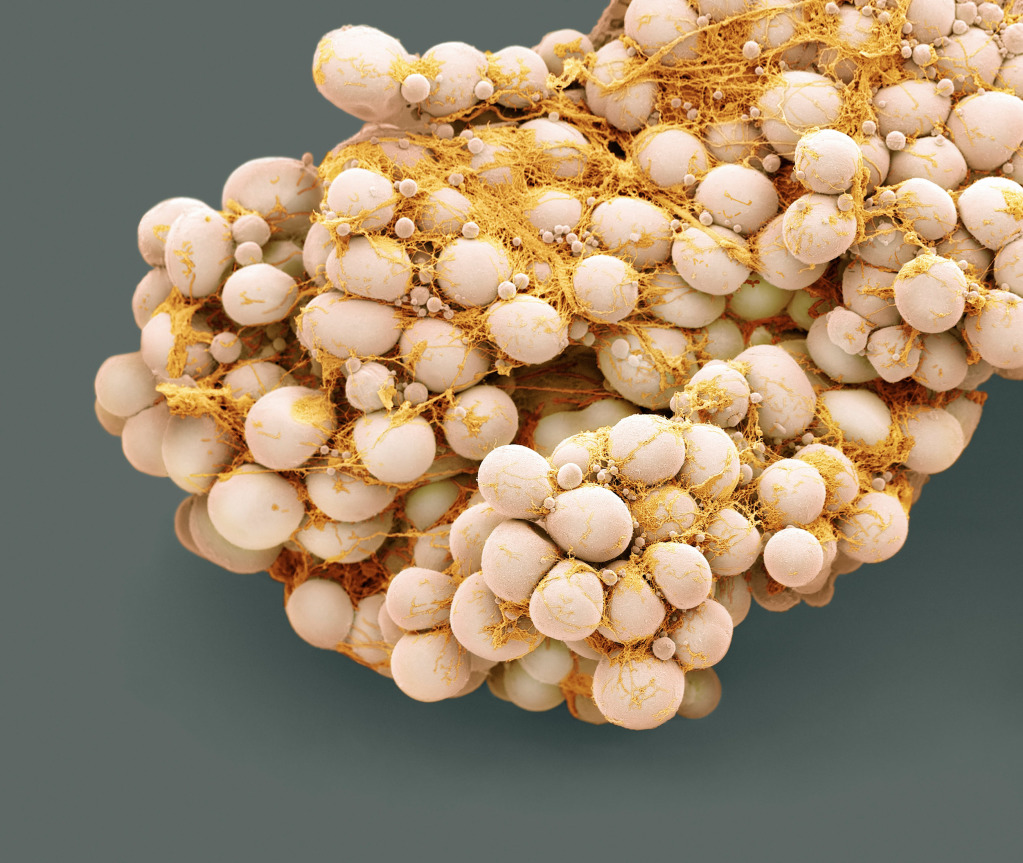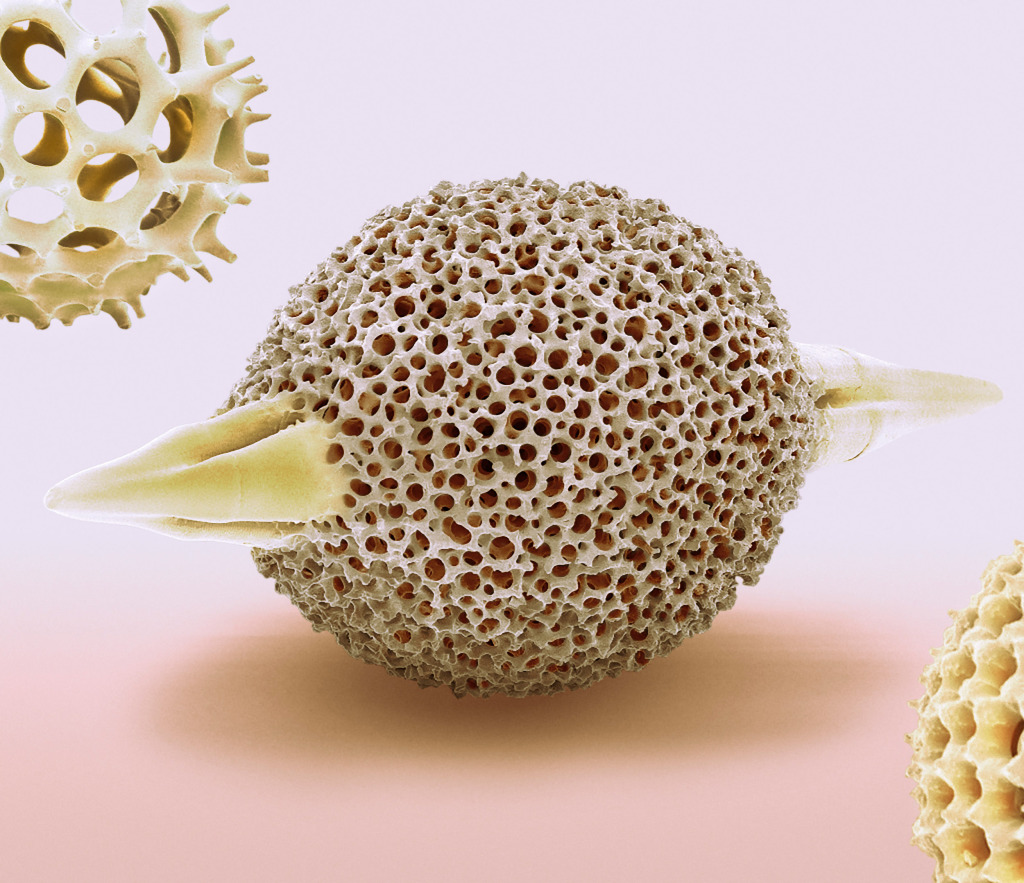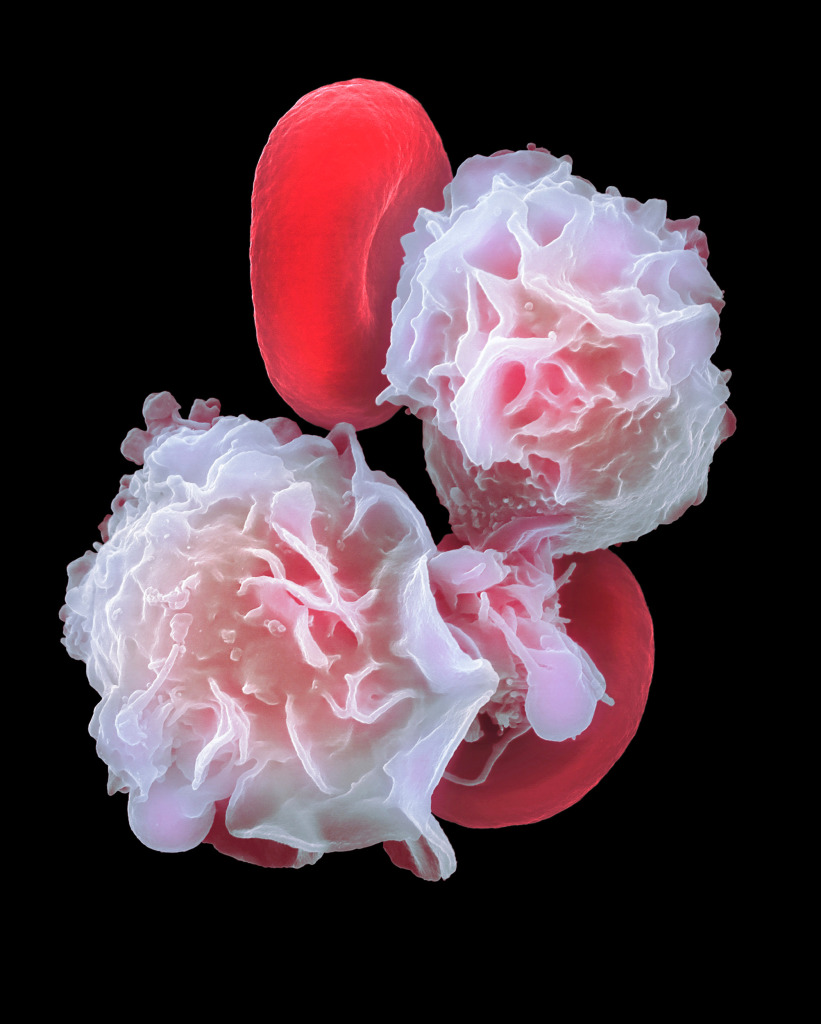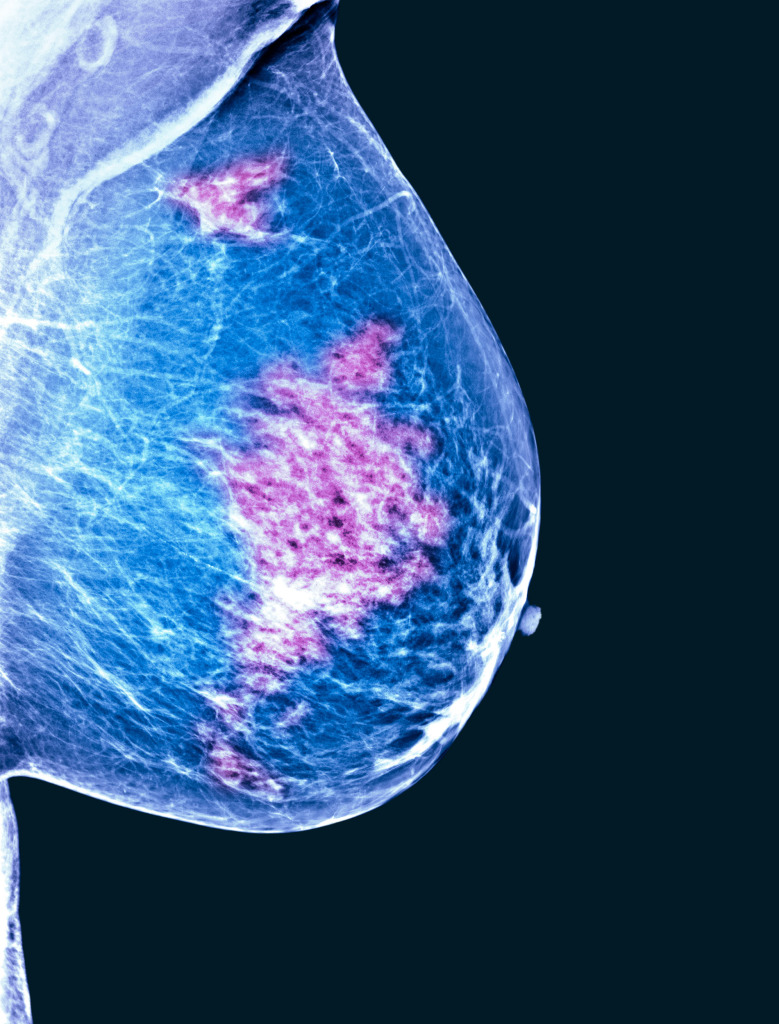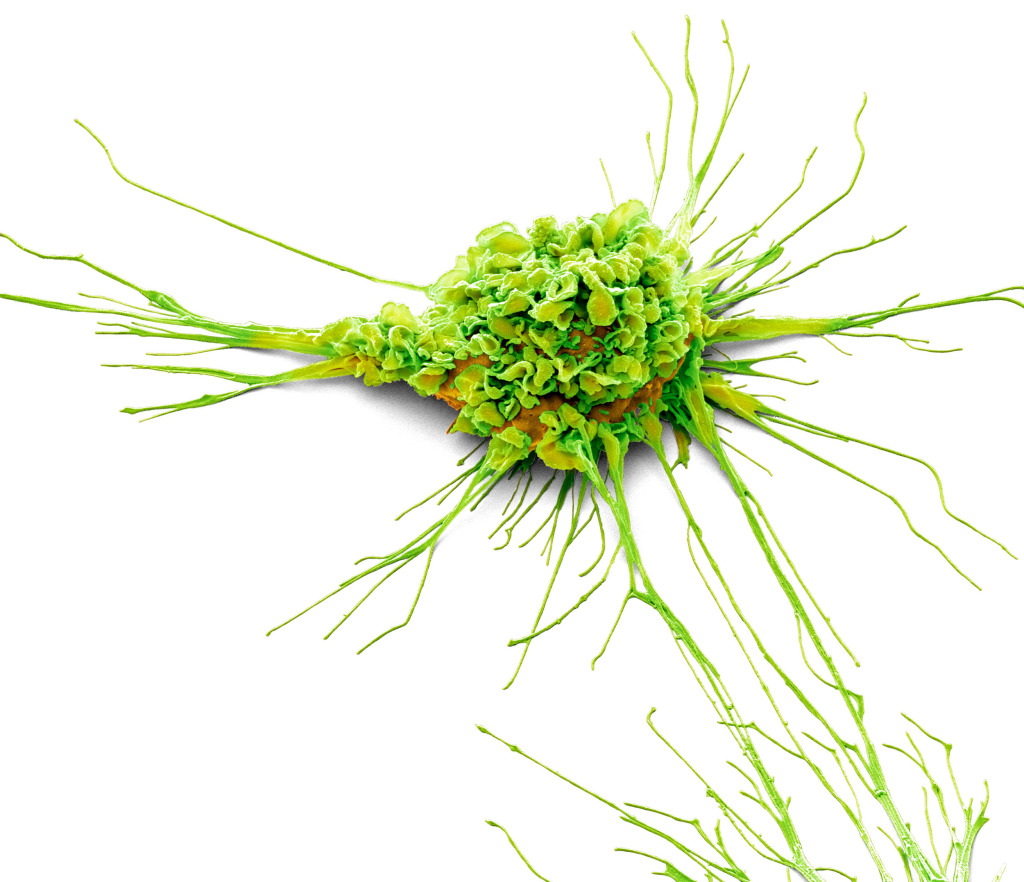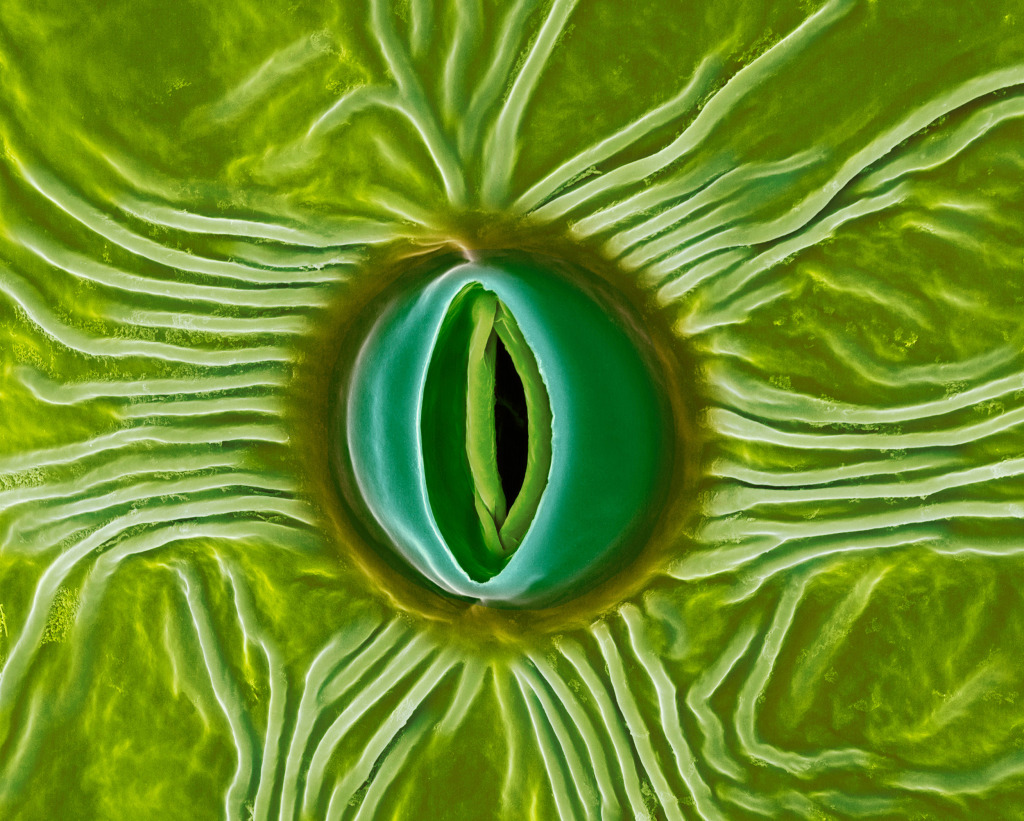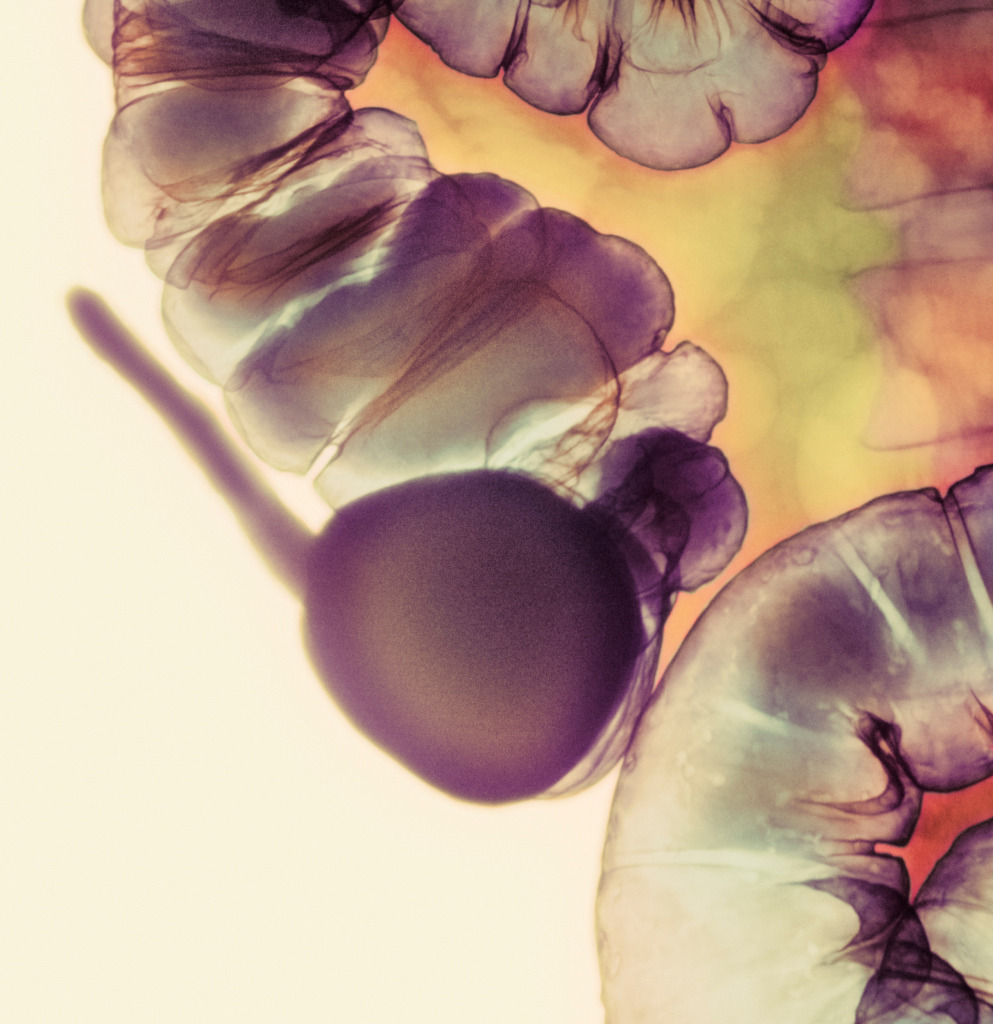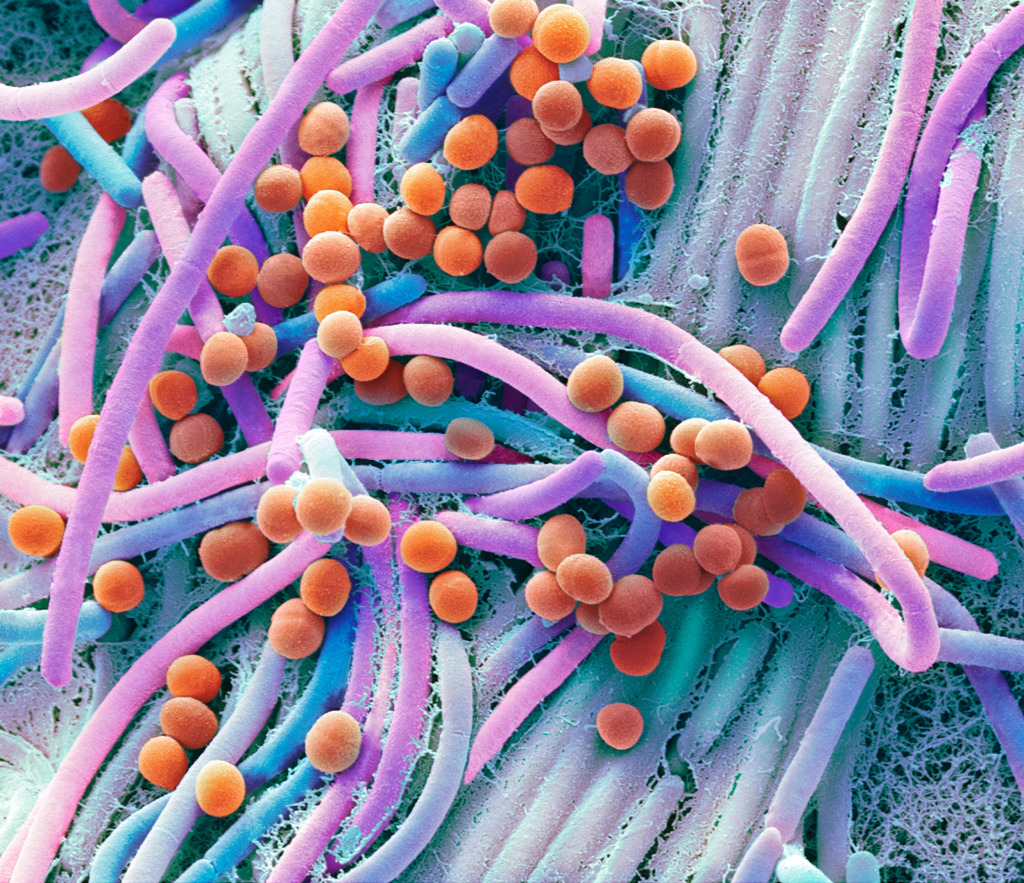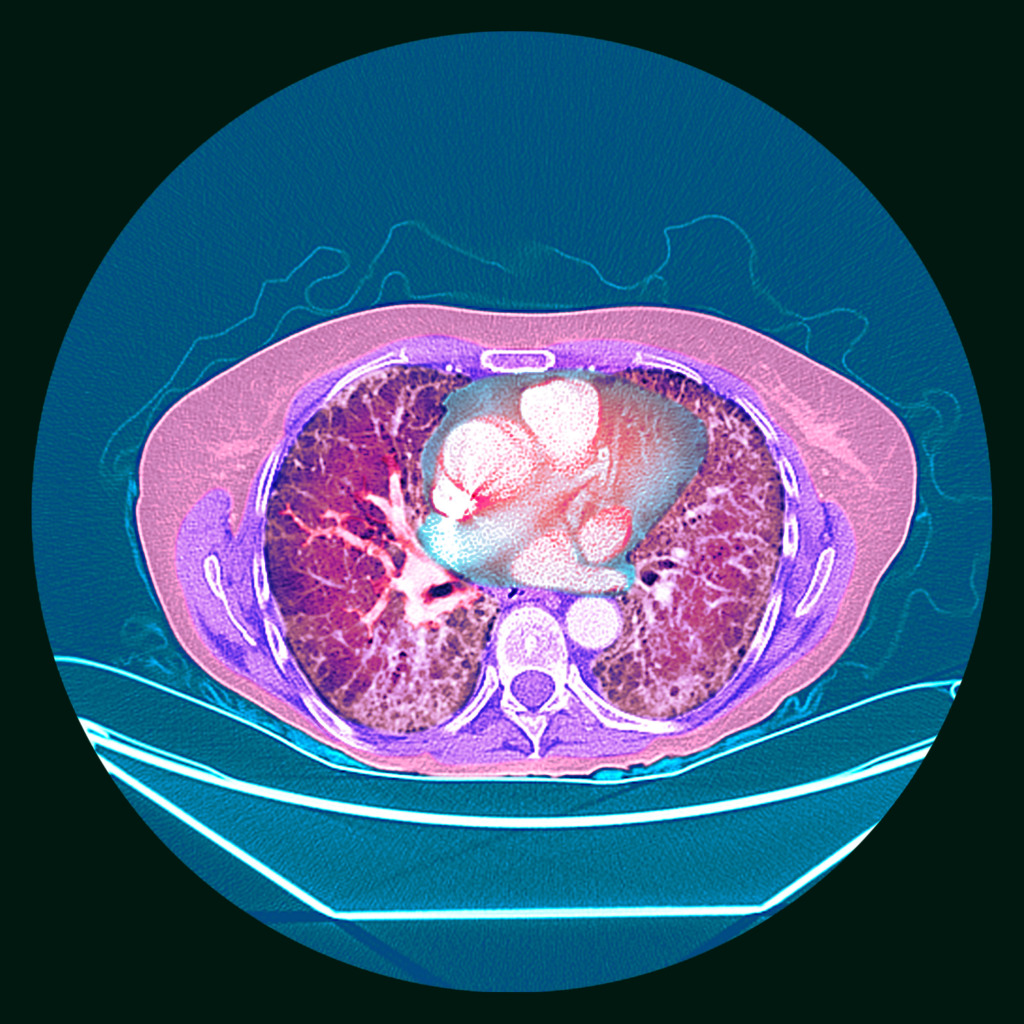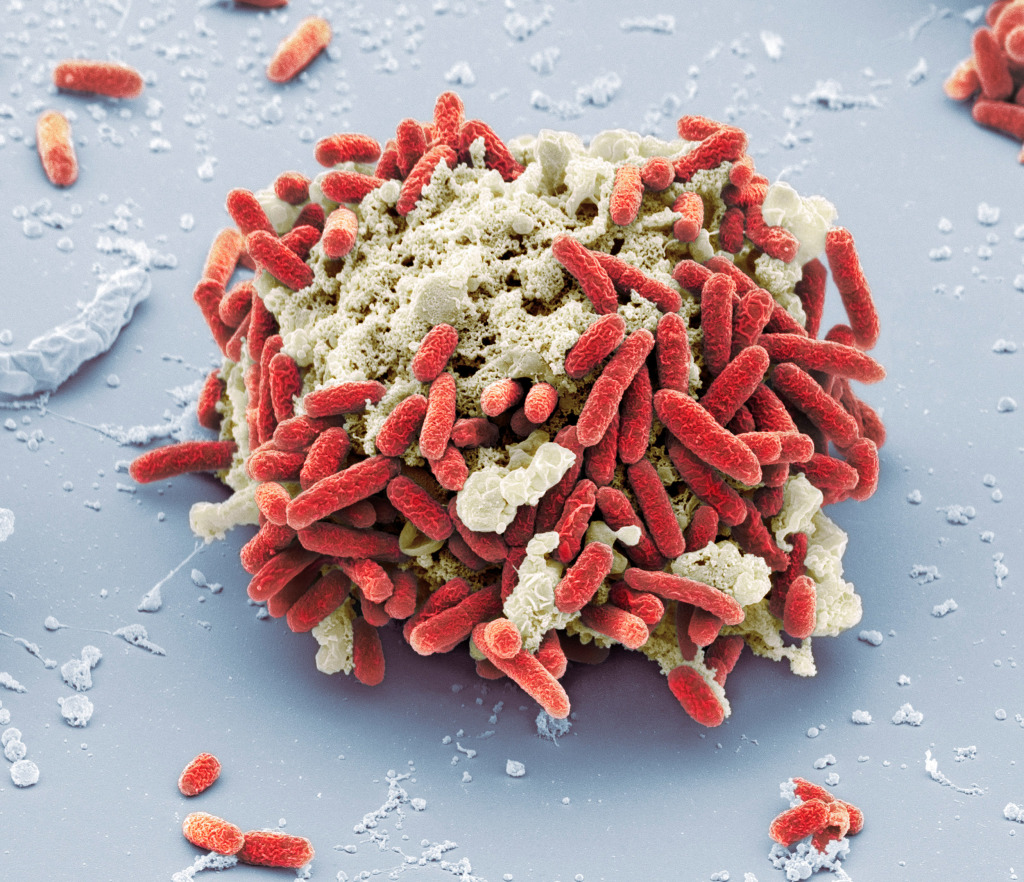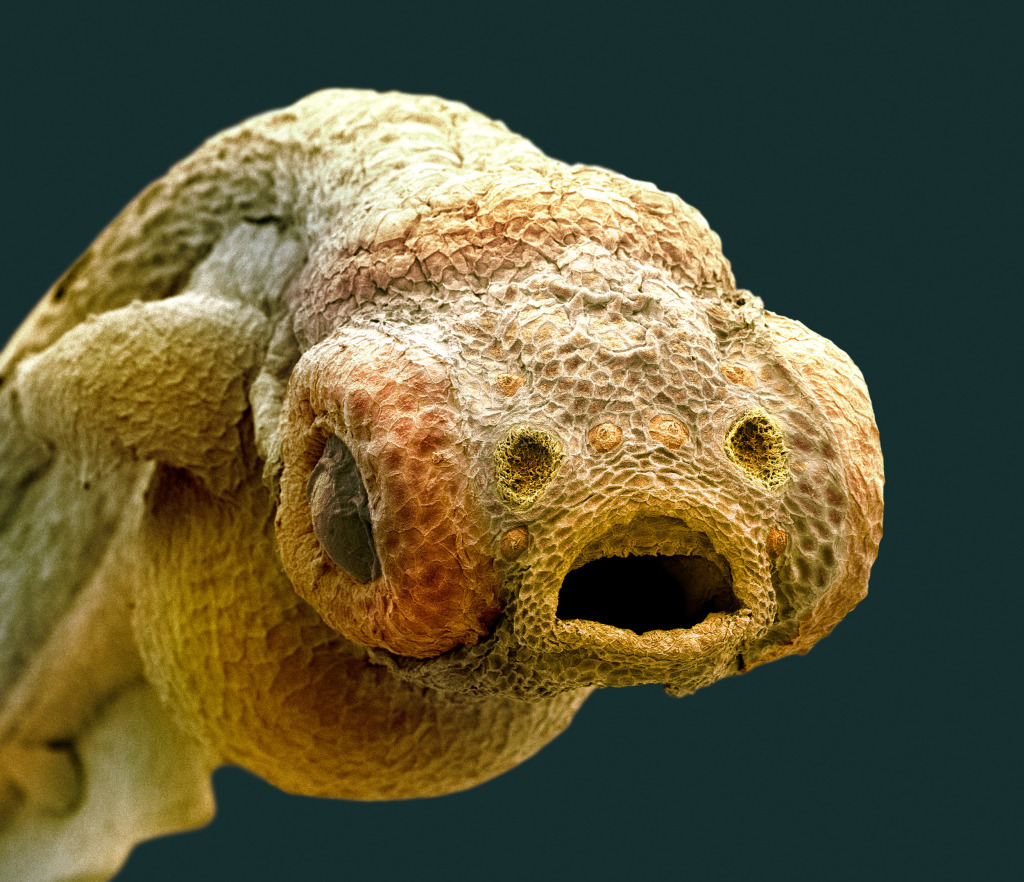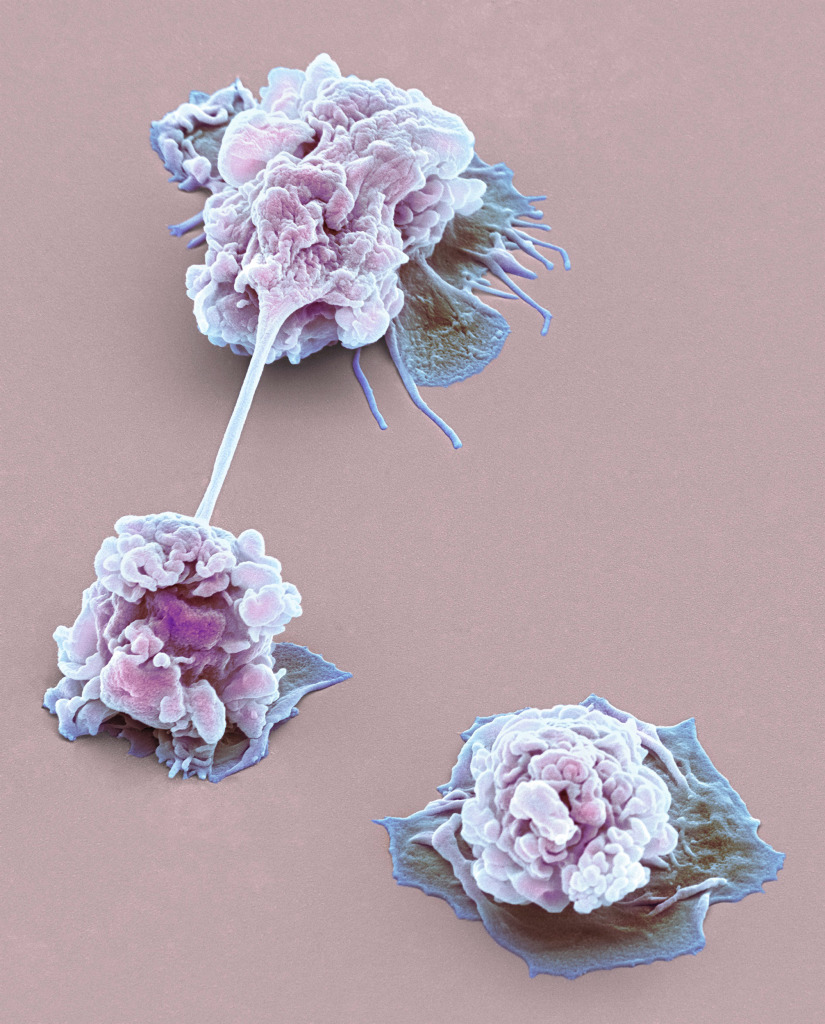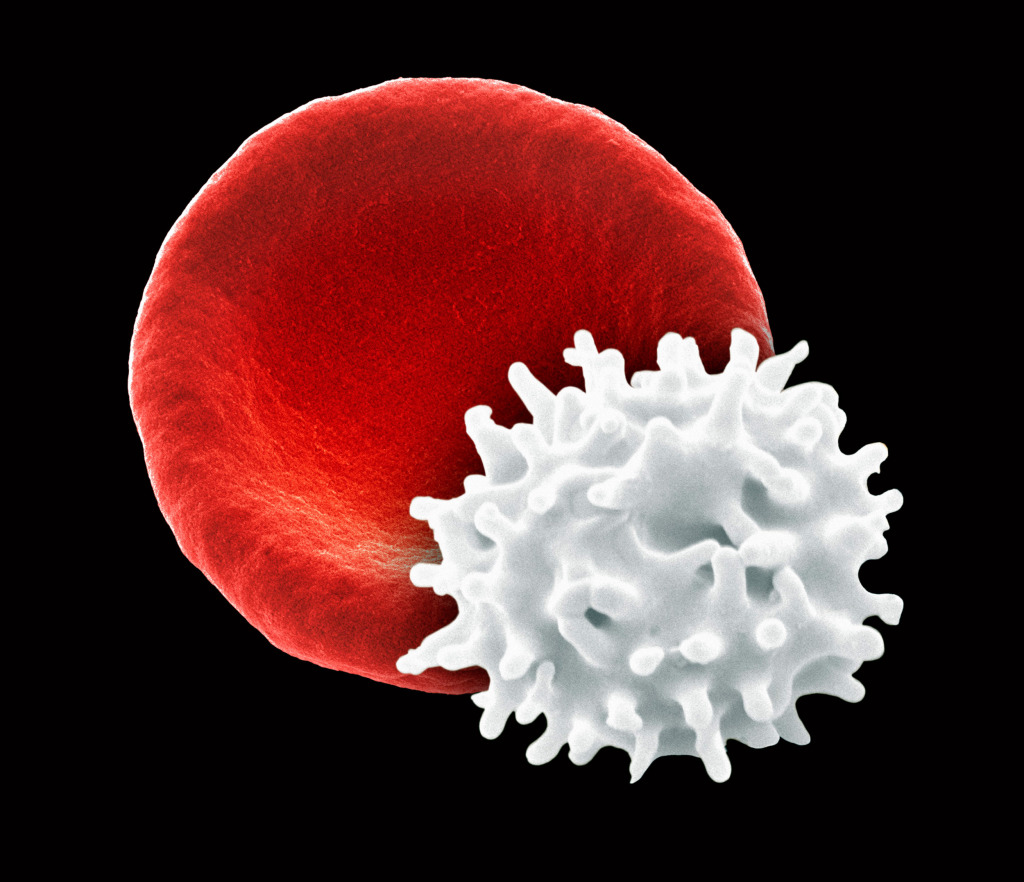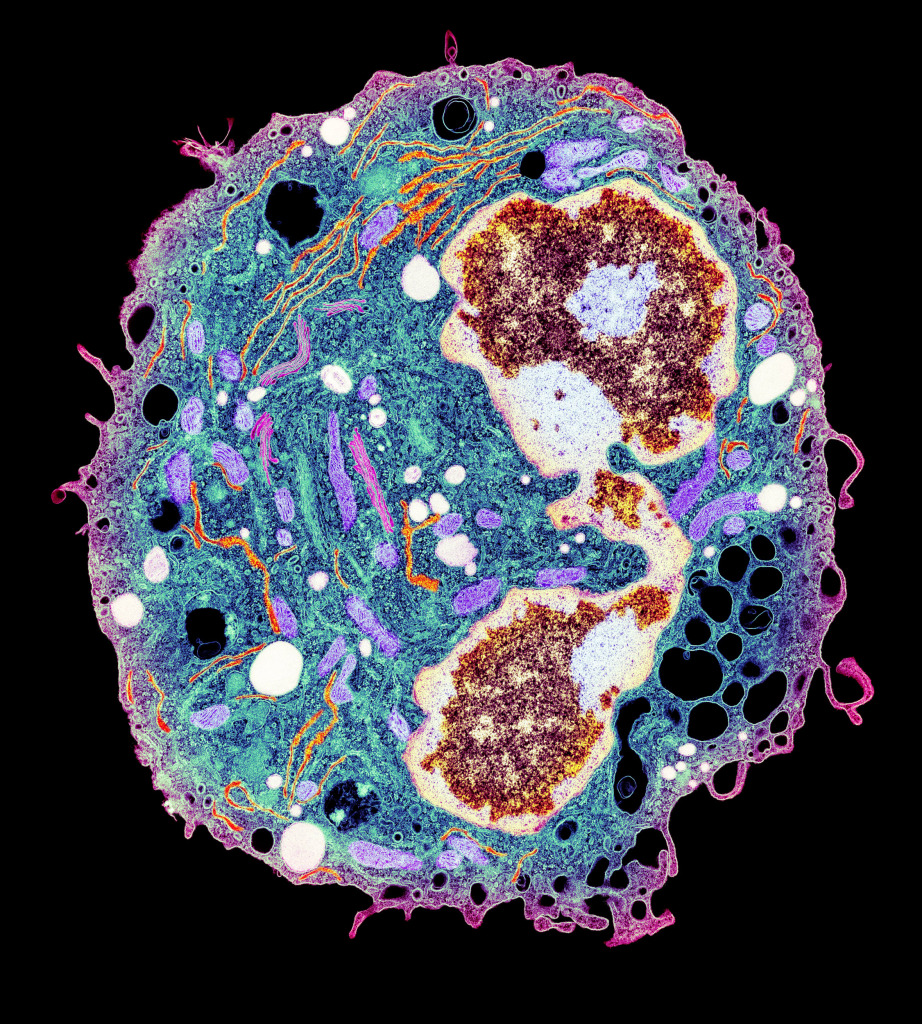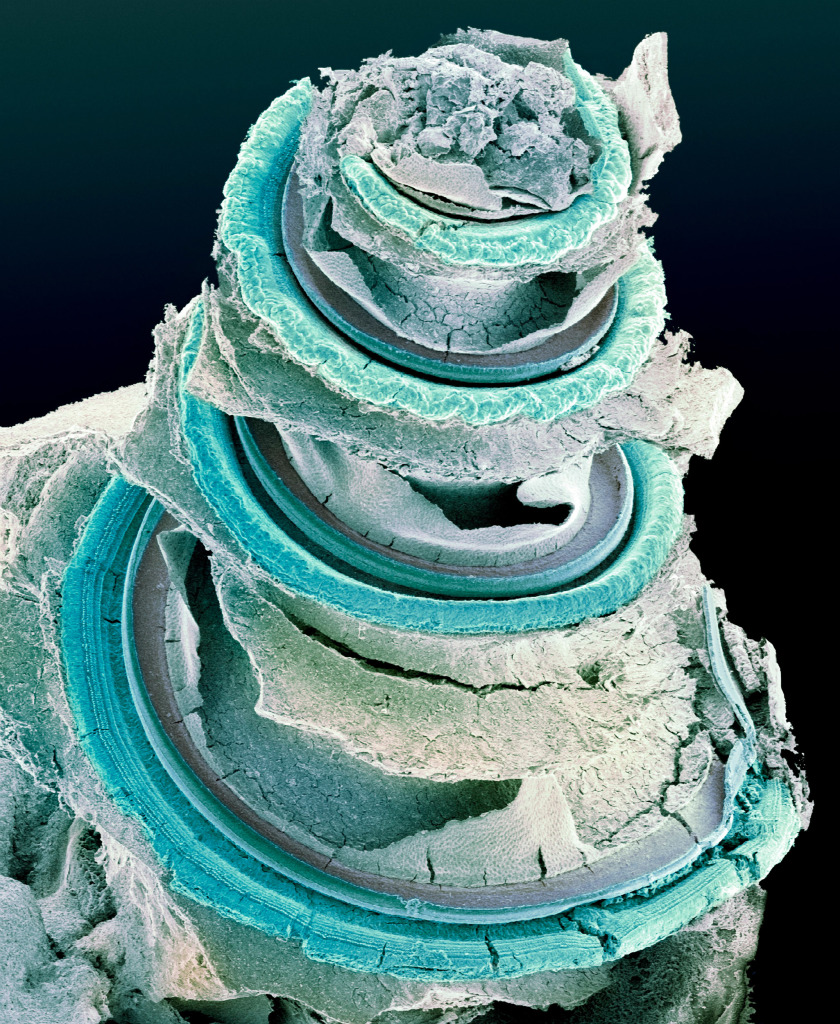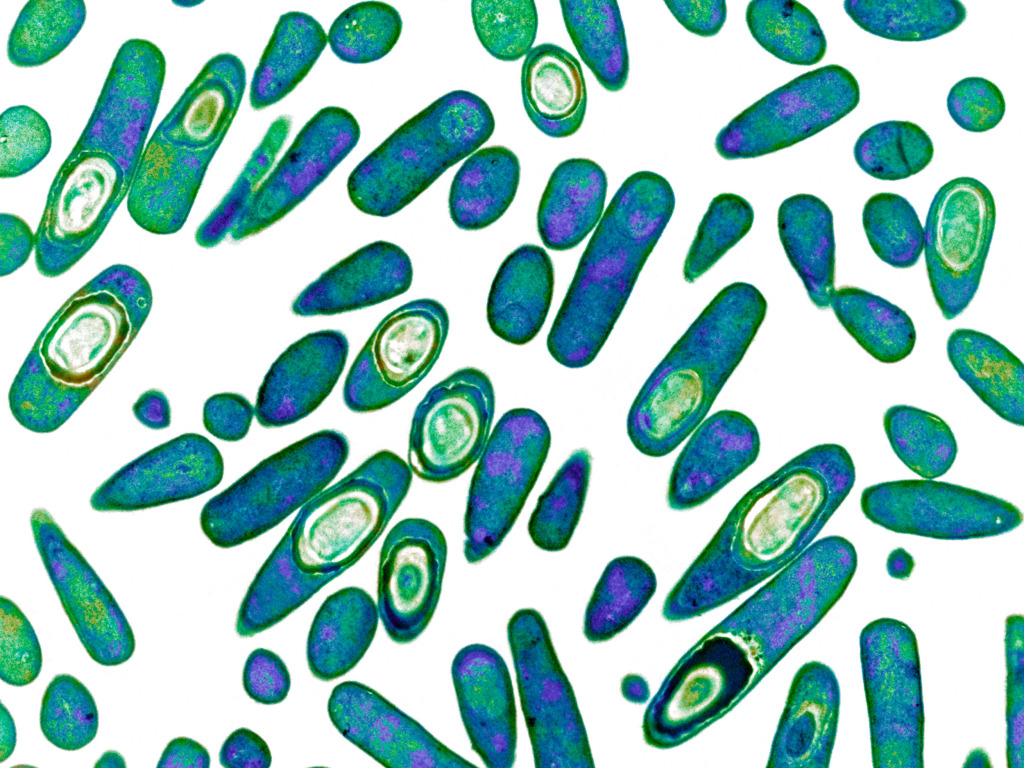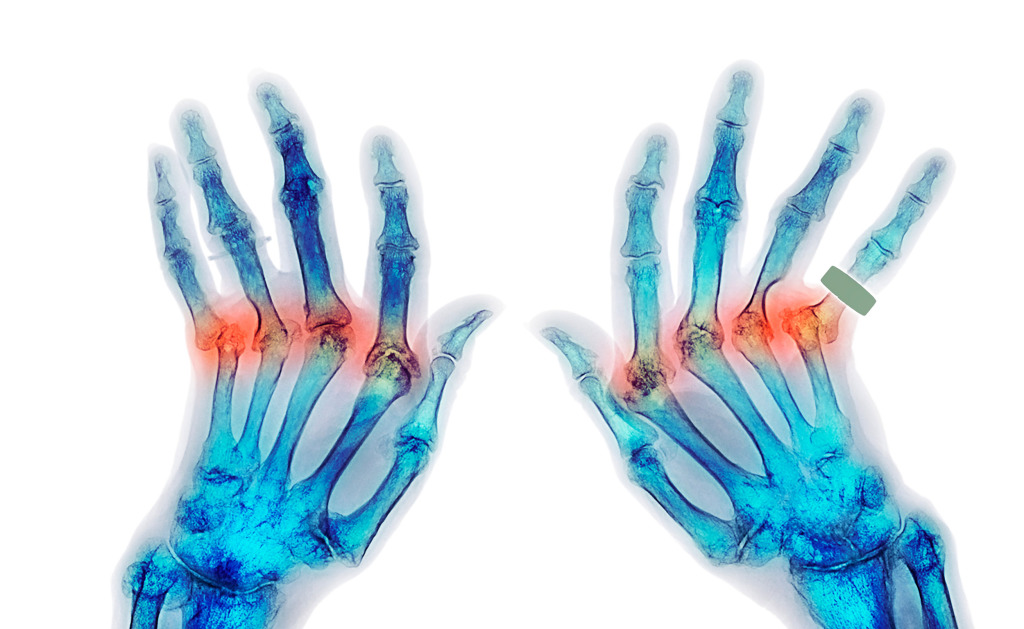Cesar Pava has been SPL’s main colourist of scientific imagery for 25 years. He began working with SPL in the London office, before returning to his native country Colombia, as a freelancer in 2001. He loves colouring with a passion. No image phases him: the more complex, tangled, or messy the more he enjoys the challenge.
Cesar Pava
Riot of colours
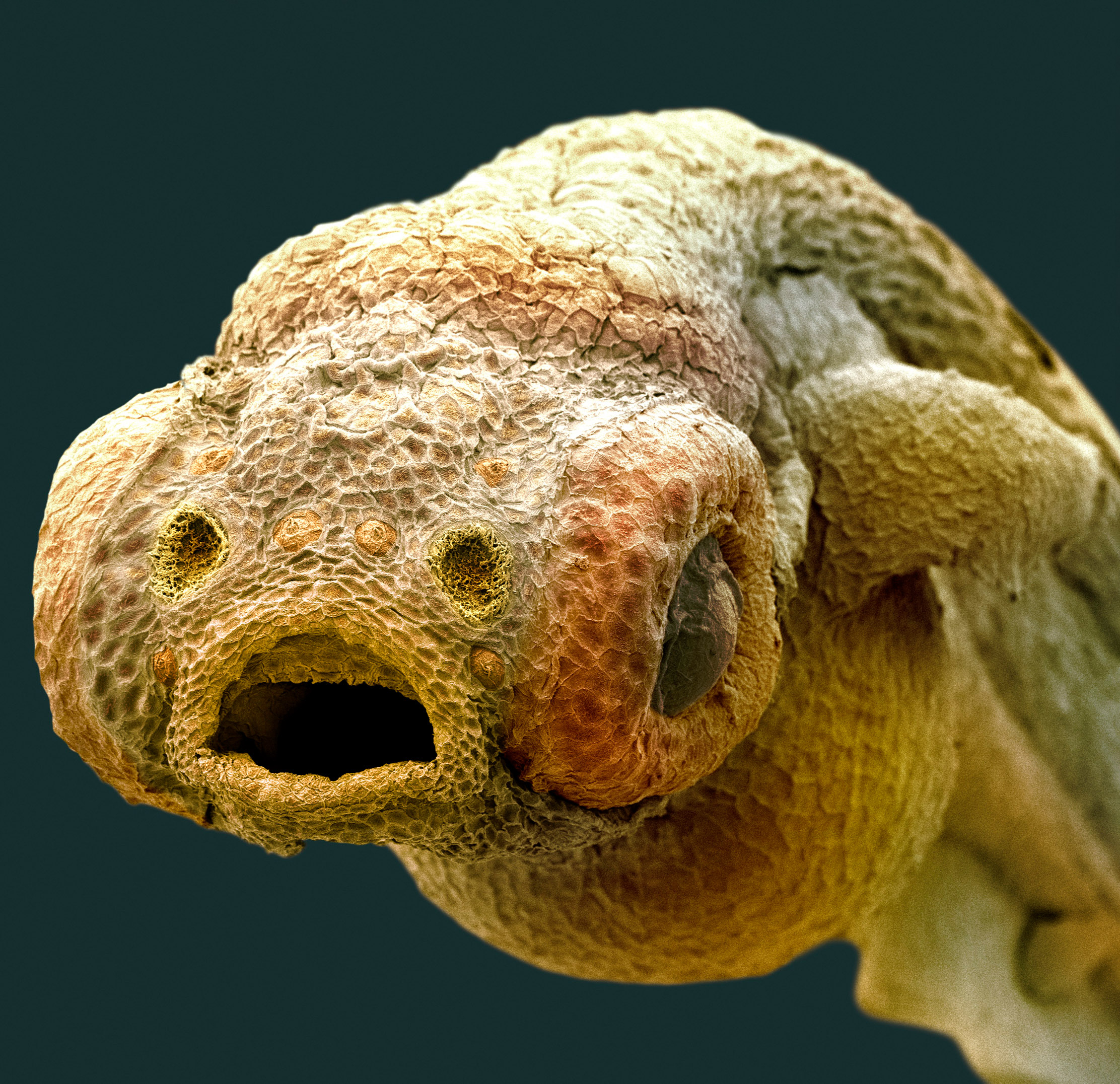
With limitless patience, Cesar adjusts his headphones and disappears into a world of colours. As he says below, there is no system guiding him he simply follows his natural instincts. The number of versions produced per image is staggering, commonly twenty, all equally acceptable, making selection for the SPL files a mind-bending experience. How to lose any? Far less sixteen!

This unsung position is hugely important to the company; without it, a large percentage of our specialist collection, originally produced in black and white, would not be so appealing. The addition of colour greatly enhances the value of the image, making it infinitely more attractive to both editorial and commercial clients.
It is this collection that identifies SPL as unique and continues to contribute to the success of the company. Its appeal crosses all markets from educational to advertising to fine art with its stunning beauty, exploration of hidden worlds and intriguing revelations.
Cesar plays a foremost role in the creation of this collection with his colouring skills. The images he colours are scientific and sometimes highly technical. They include scanning and transmission electron micrographs, X-rays, MRIs and CT scans.
These images are invisible to the human eye, using parts of the spectrum such as electrons, X-rays or radio waves instead of light. As there is no light there is no colour, meaning the original images are created in black and white. Cesar adds colour. This has become his speciality area.
When did you join SPL?
Decades ago! It’s been that long – since around autumn, 1995.
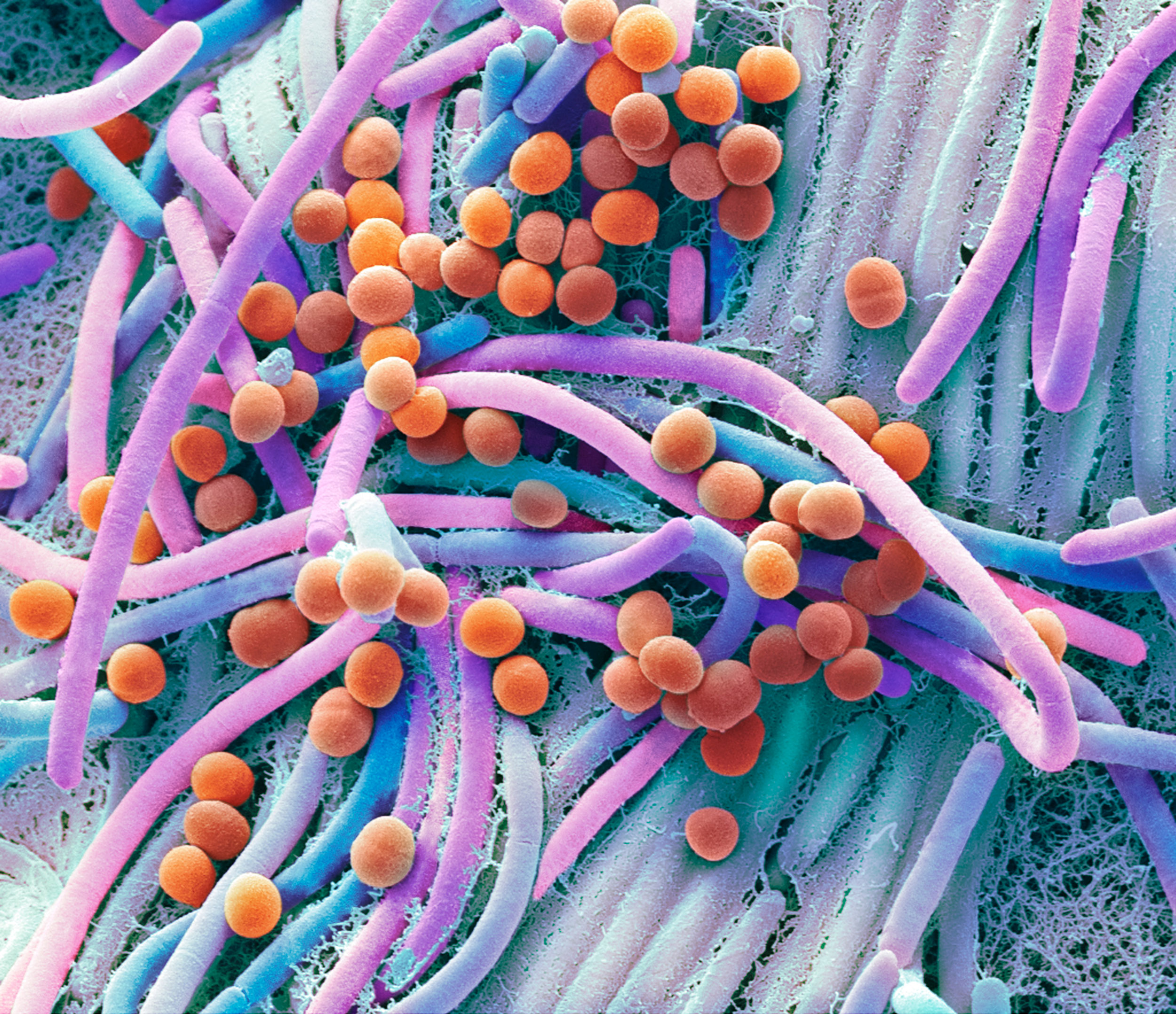
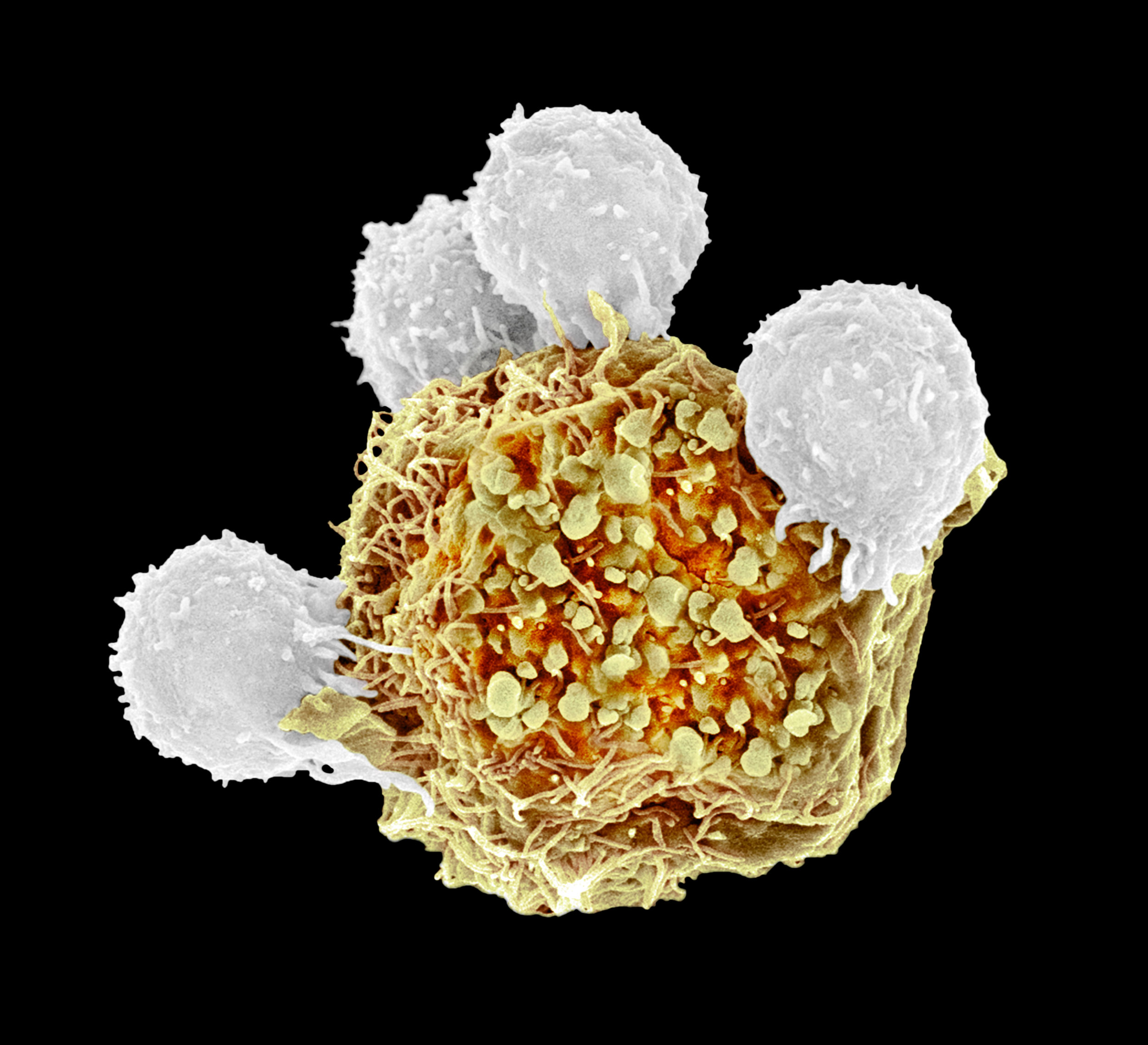
How did you begin to colour the images?
I was first recruited to SPL as a scanner operator at the time photo agencies began digitising their transparency collections.
After a couple of years, the company was recruiting for a digital colourist. I thought it was a perfect moment to seize this job opportunity! I took some black and white images home and coloured them. It was fun and sparked my interest.
I showed my coloured images to work colleagues and Rose (Creative Director at SPL) who was impressed and recruited me as the first in-house digital colourist.
Did you have any previous interest in science and art?
Science, nothing! Although, I had always had an interest in art. During my spare time, I liked drawing and painting, which I considered a hobby. Now I am making an enjoyable living out of it.
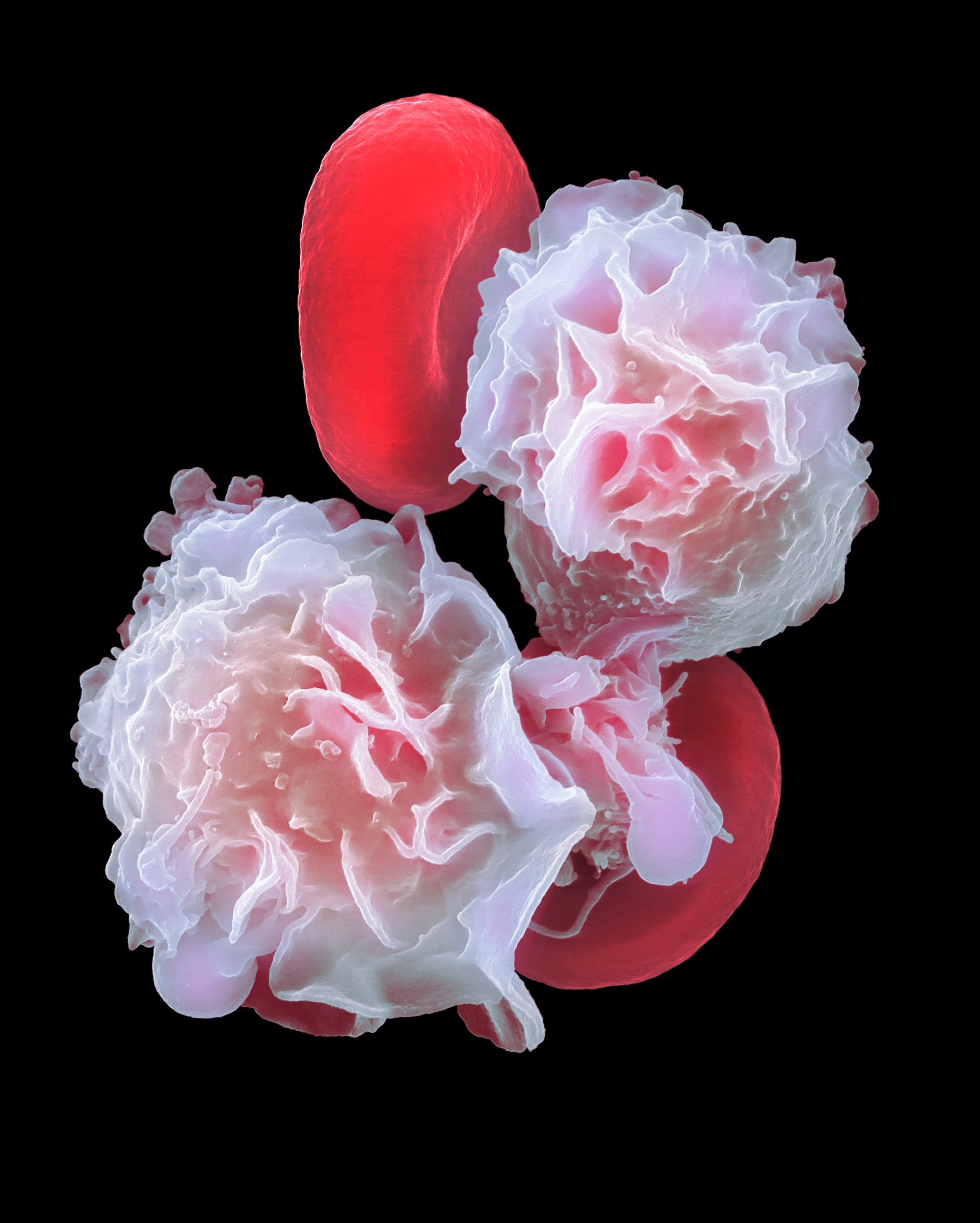
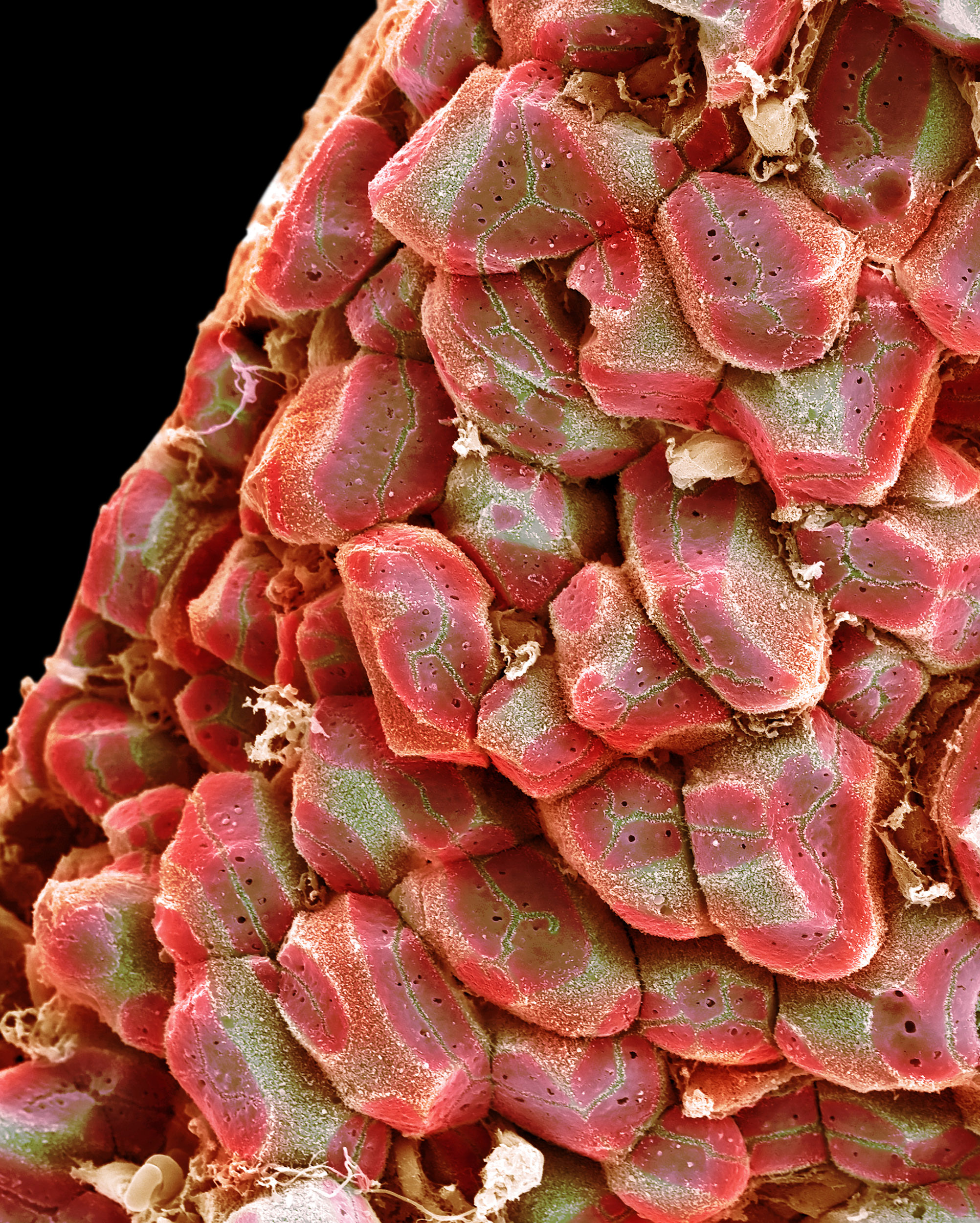
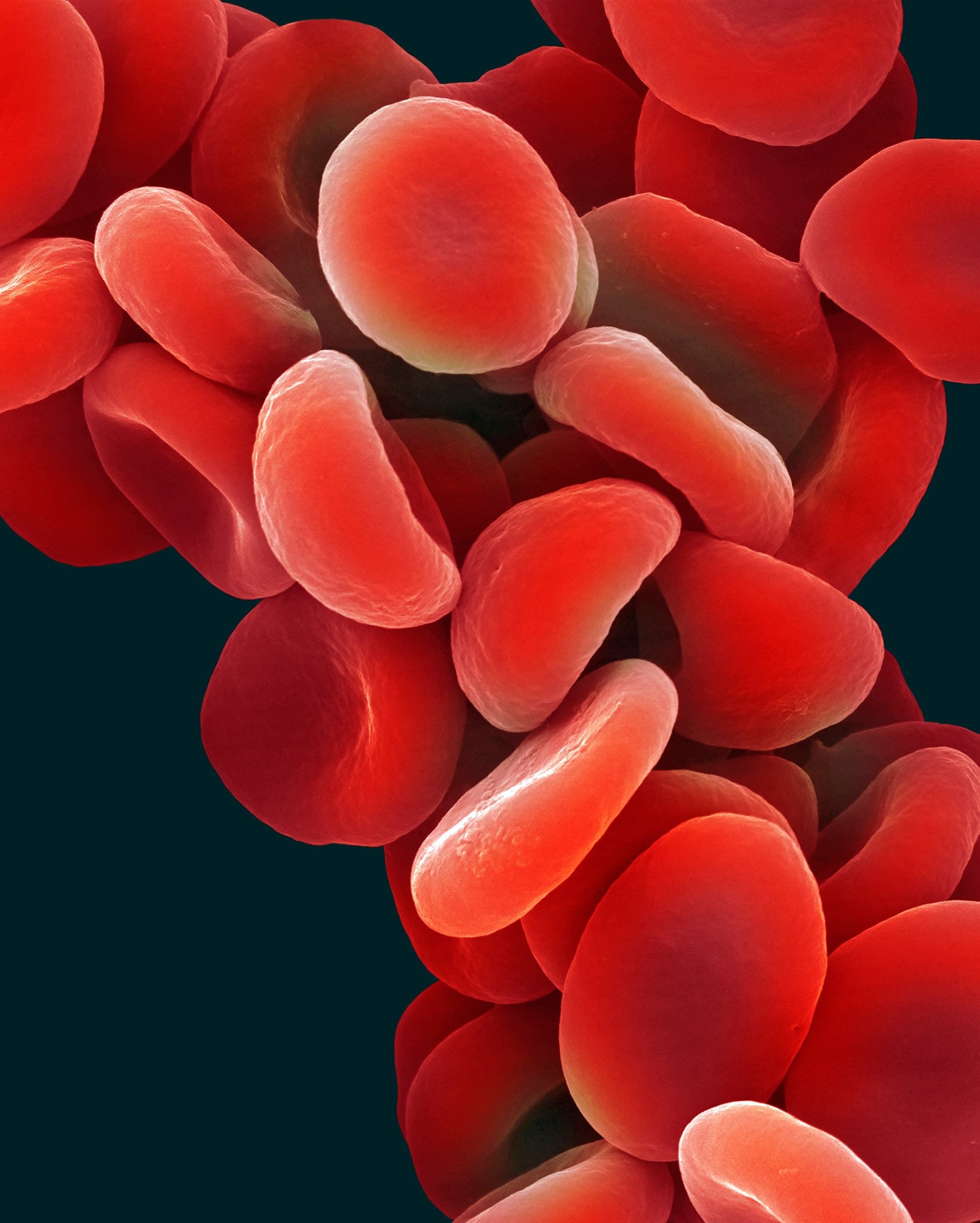
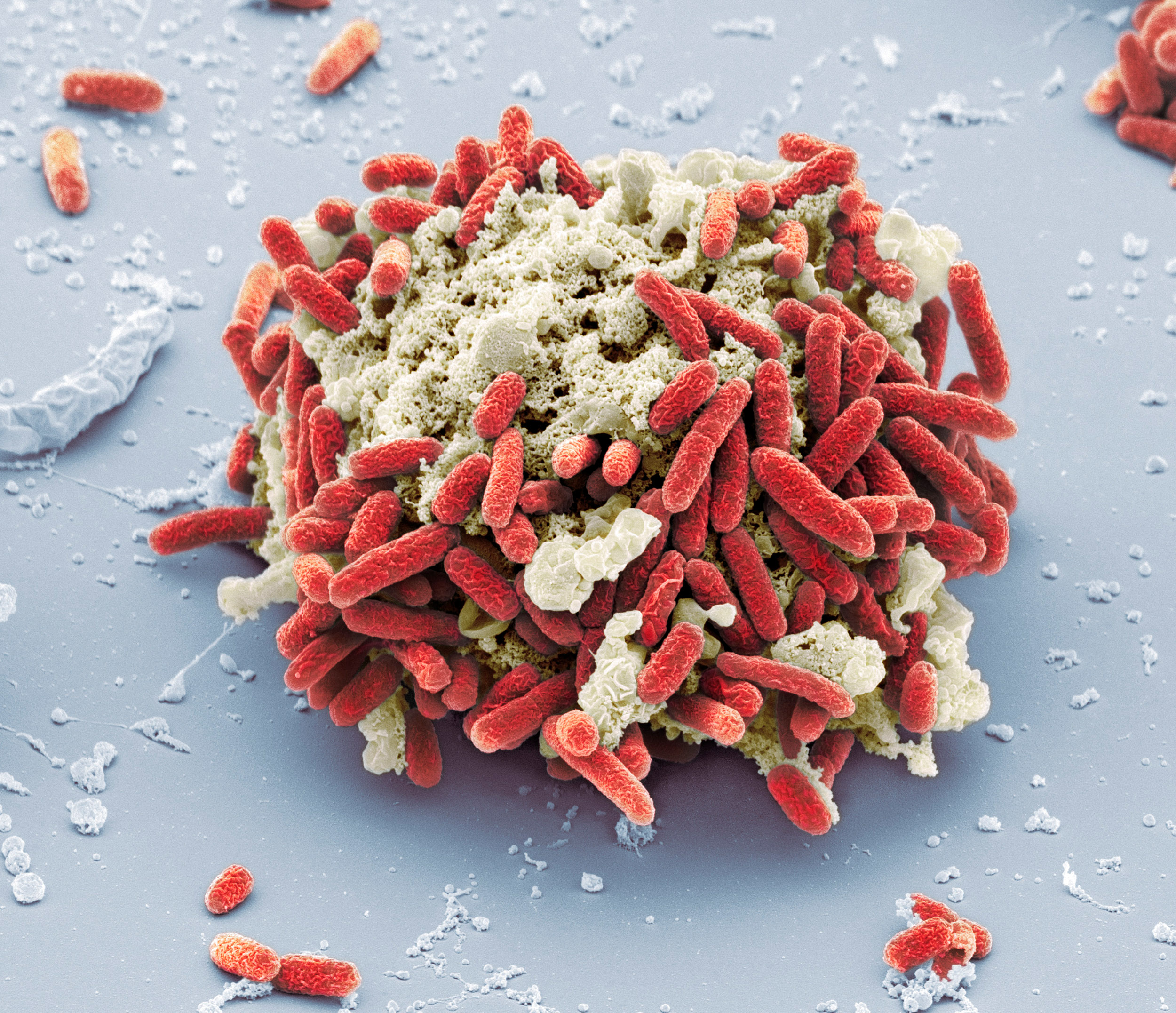
What does your job involve once you get a picture to work on?
The first stage is receiving the images in their ‘raw’ versions, meaning the images have not been processed or adjusted by software. I ensure that the correct colour profile is selected, crop the images and adjust brightness and contrast.
After this is completed, I start on the colouring. I normally colour up to 20 different colour variations per image using different techniques to give a wider variety for selection. Rose makes a final selection of around 3 to 4 versions for the collection.
Lastly, I make sure that the image is perfect!
How do you identify the different areas within an image?
It depends on the image. X-rays sometimes are difficult to work out. Luckily a large number are given with instructions all over them, arrows and circles showing the different areas that need to be emphasized.
Sometimes I get captions with images describing what they are showing. I also google for more information.
Scanning electron micrographs (SEMs) are easy to work out. I have coloured so many by now that I recognize what areas need to be coloured differently.
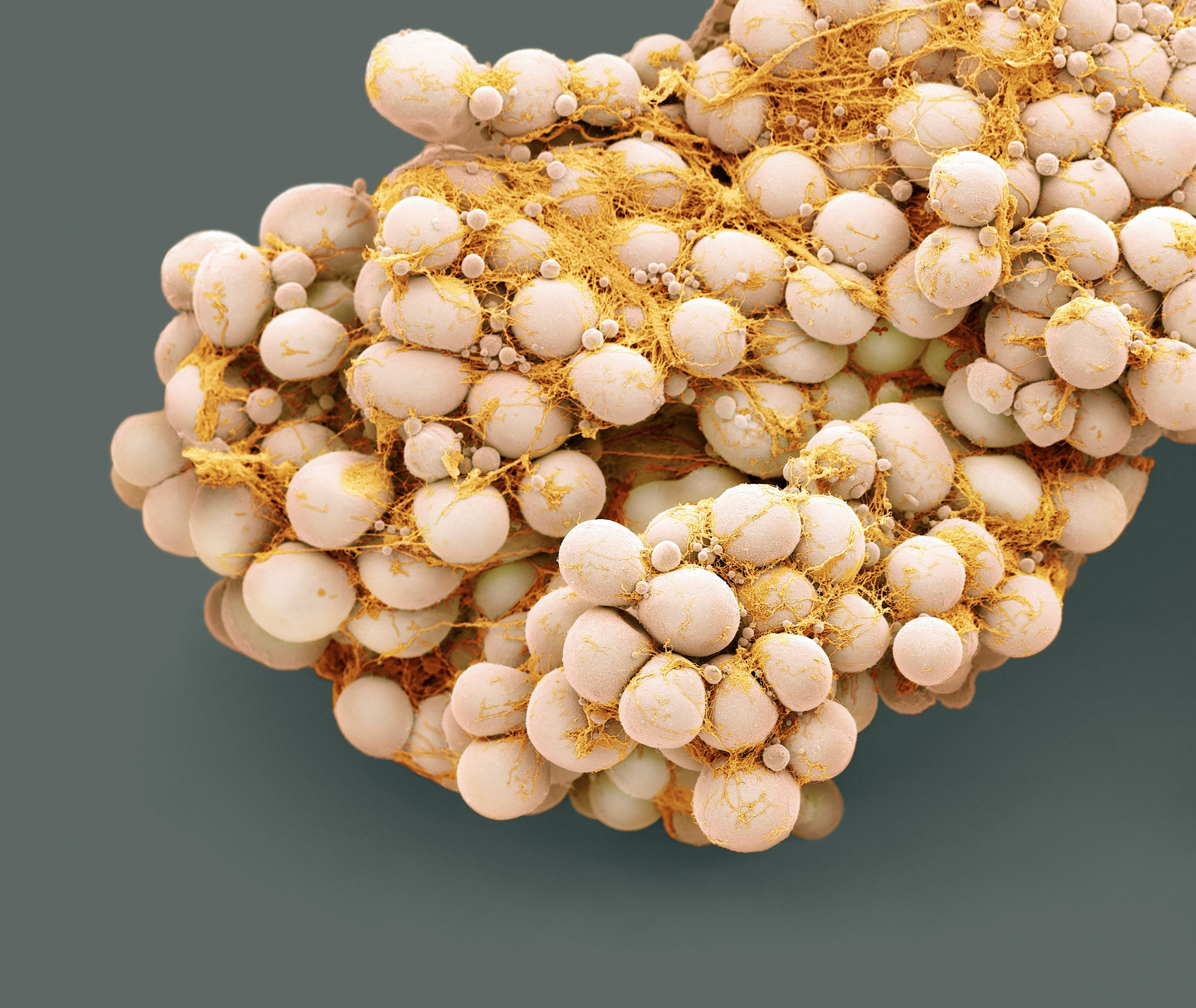

Do you have a system for deciding which colour to assign to an image?
My work flows naturally once I start on an image. I never plan how my image will be coloured, and that’s the beauty of it.
Where do you get your ideas for the choice of colour?
I watch plenty of 3D amination films and TV series. I get my colour inspirations from them.
I pay attention to the colour details and now have developed a good eye for colour combinations.
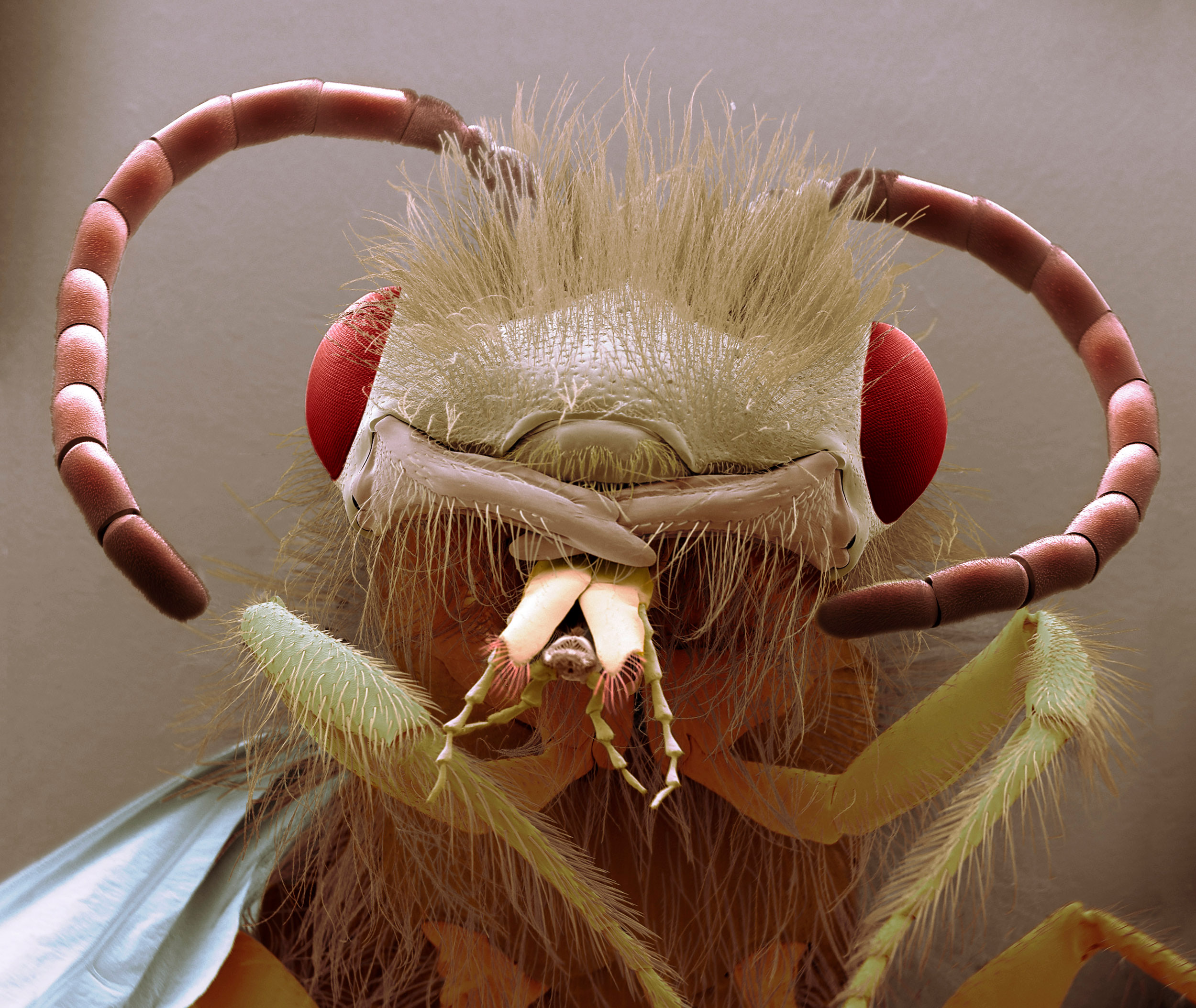
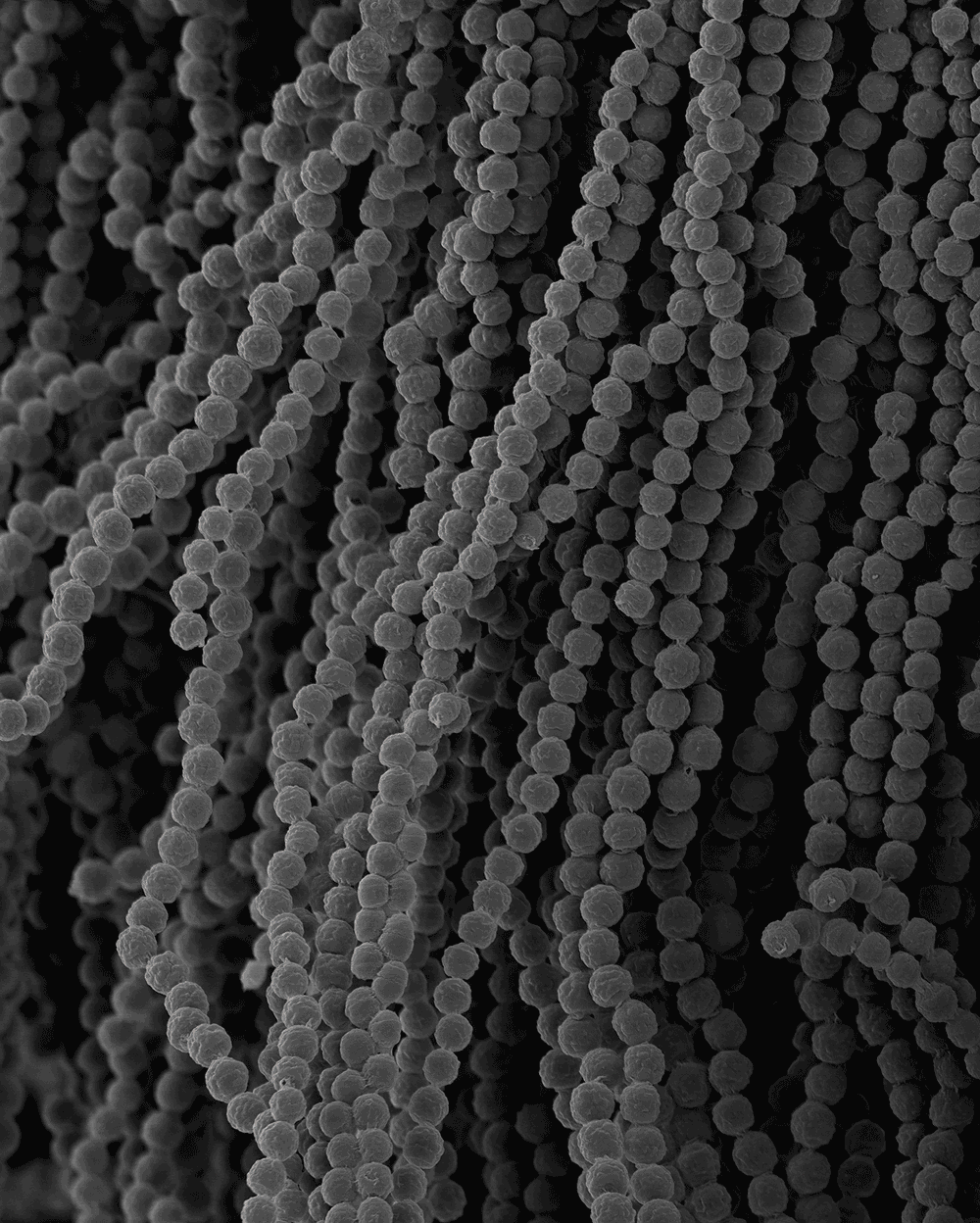
What was the longest time it took to colour an image?
The longest time was probably two days, maybe three days. It’s difficult to remember as I have worked on so many images.
I would say SEMs are more complicated. They have lots of small fibres, filaments or hairs that take the longest to colour. Masking and colouring each individual fibre is time-consuming, but it’s crucial to the final look and feel of the image.
This process allows me to introduce different shades of colour achieving a more natural-looking result. If you don’t mask enough, it can result in blocks of solid colour.
What makes an image difficult to colour?
I do not think any image is difficult to colour. It is more to do with the complexity of the image.
The more detailed the image, the more time it will take to colour. It takes a lot of patience to colour every single hair or fibre in an image.
It can get tedious, but once the image has been coloured it is very pleasant to see the result. Almost a piece of art!
What is the most difficult image you’ve coloured?
Hard to tell, sometimes I see an image before colouring and feel that it will be difficult to colour.
At first, the image can be daunting, but once I get started, the colour and style naturally come to me.
I have coloured so many images that I do not recall a difficult one as such.
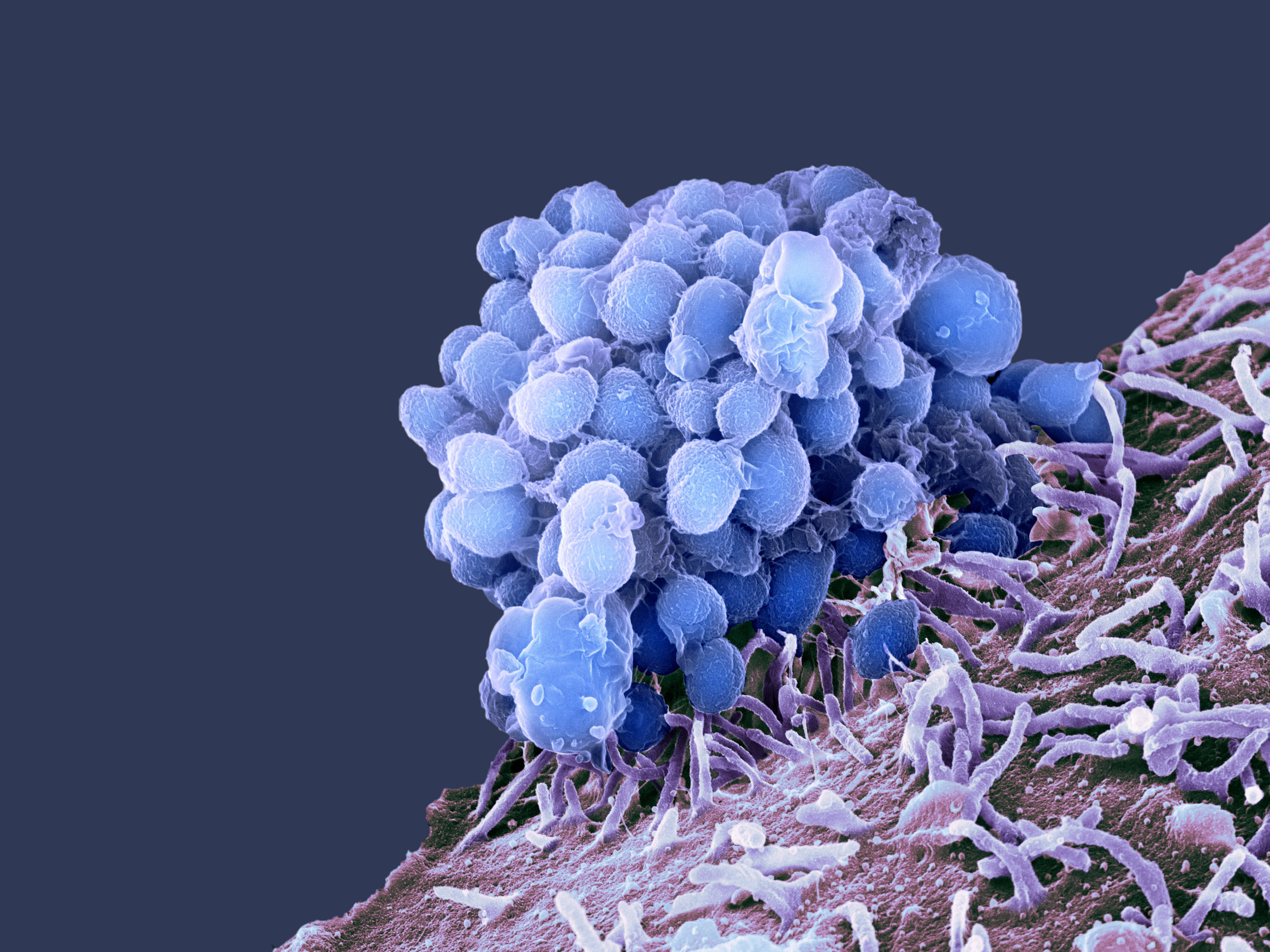
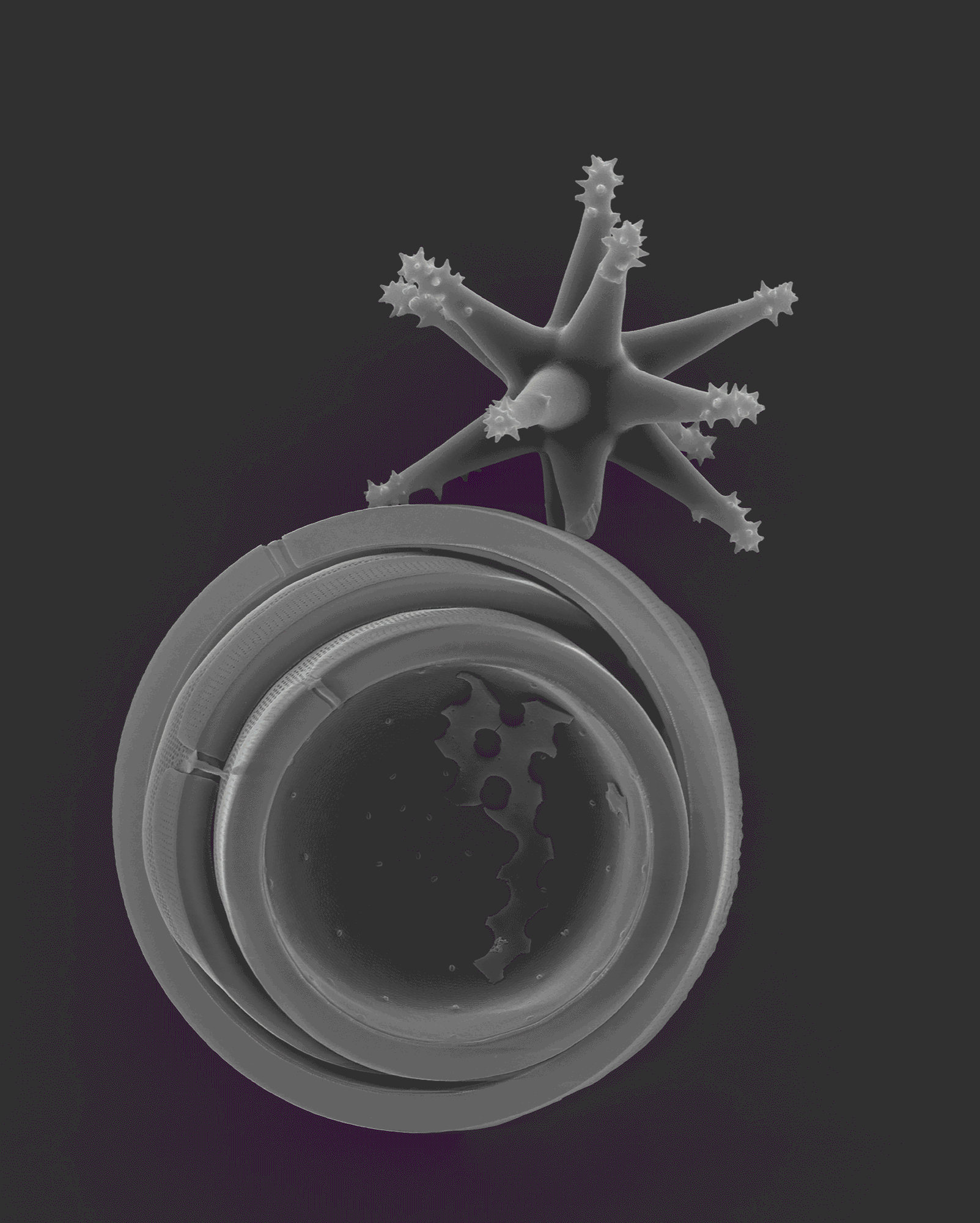
Some of the images are very complex with a mass of tangled structures. It takes a lot of patience and skill. How do you do it?
That’s quite true. Let’s say an image of a diatom is to be coloured.
I may work three or four hours a day on it, leave it and then start again the following day and so on until complete.
This way it may take longer, but it doesn’t become as tedious as working on the same image for many hours straight.
What would you say are the characteristics you need to become a colourist?
You need to have an exceptional eye for colour and be able to combine different colours to produce a harmonious effect.
You need to be very, very patient, especially with complex images, experiment in Photoshop with colour techniques and be creative.
An interest in drawing and painting helps enormously to become a colourist.
What have you learned from the experience of working with these scientific images?
I have to say that I have learnt a great deal about microbiology, mostly from SEM imagery, and about bone disease and fractures from X-rays.
I might have never known a mitochondrion existed if I hadn’t coloured one. I use the internet to have a clear understanding of what exactly I am looking at when colouring.
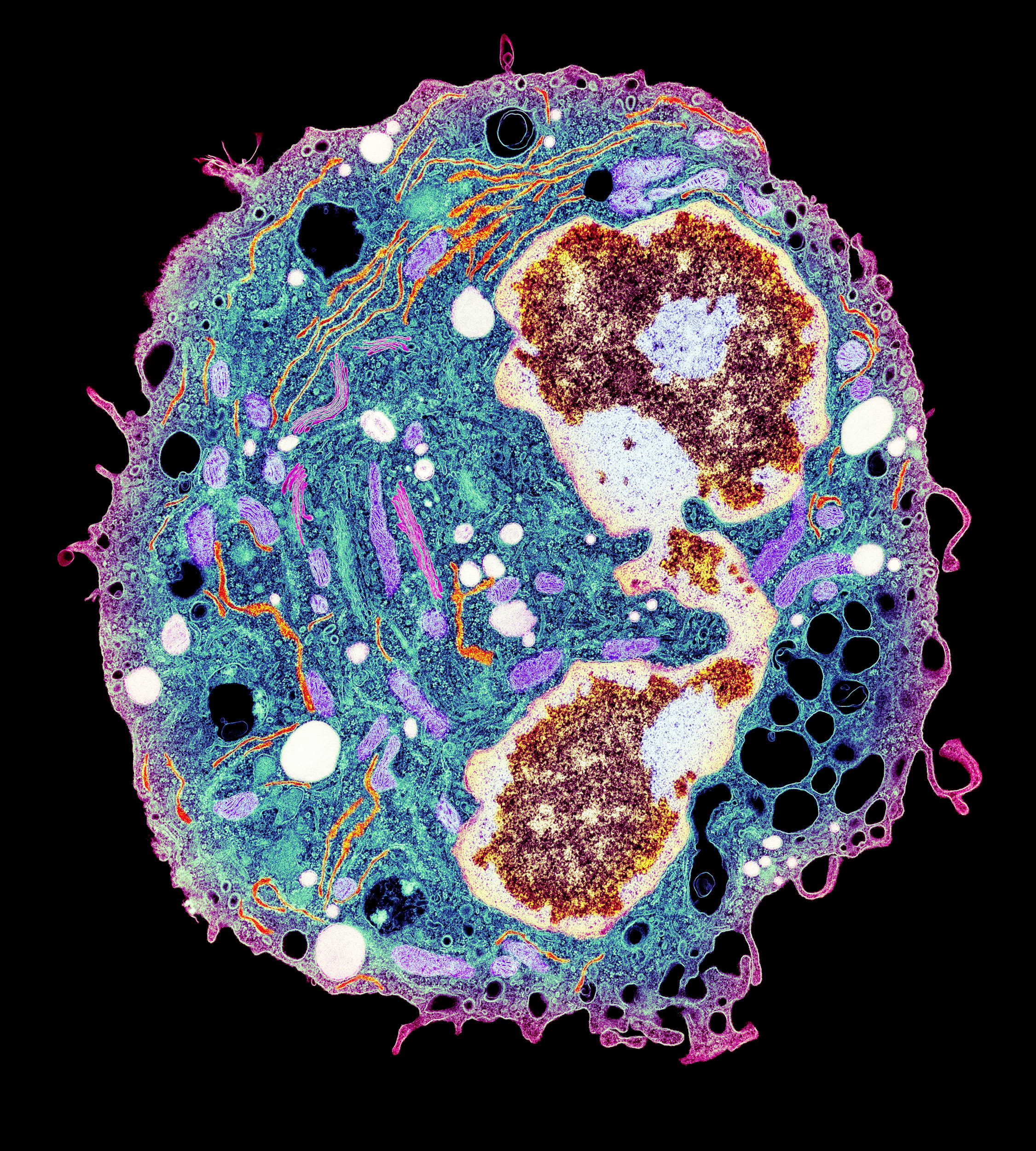
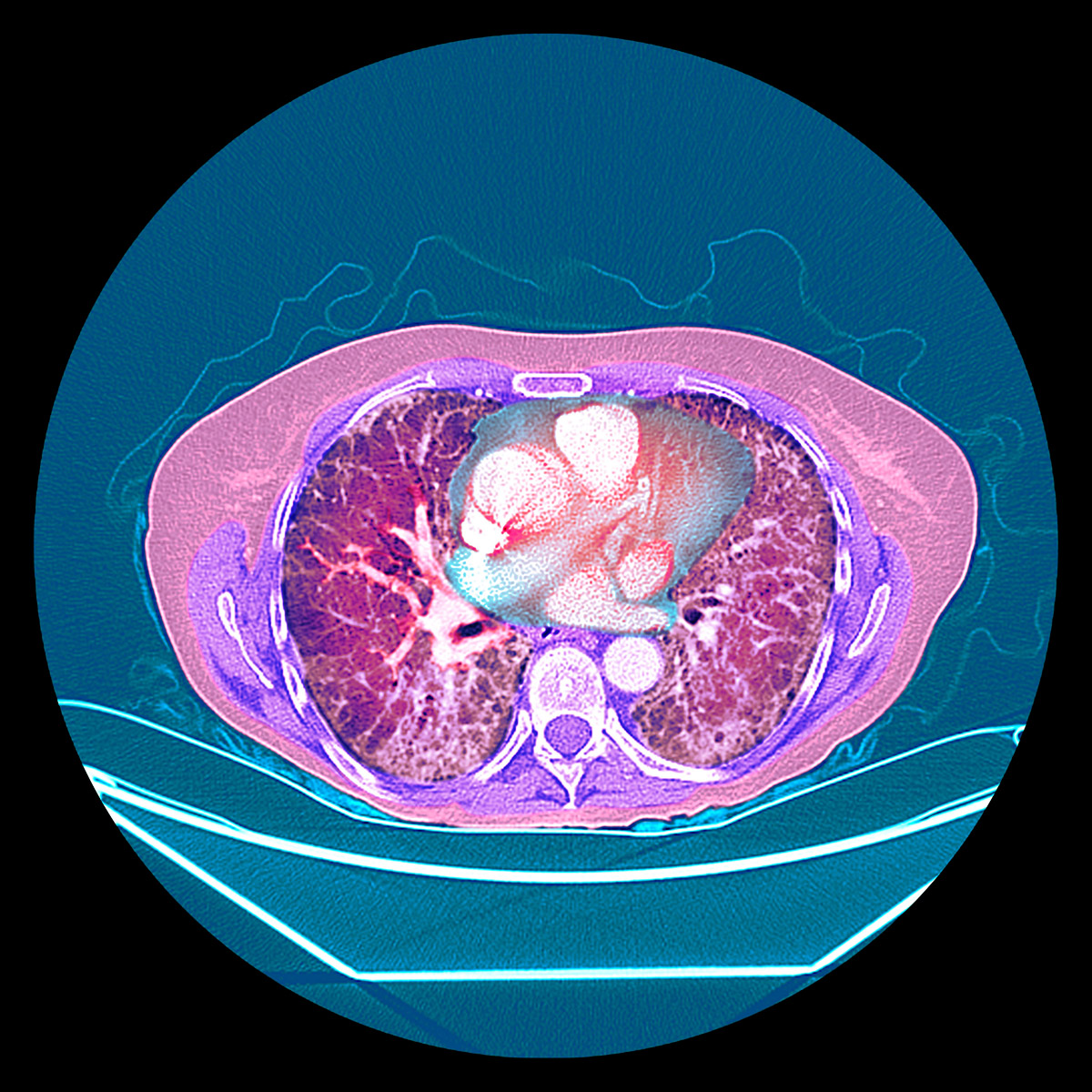
You have a very unique style. How did this develop?
Over the years, I experimented with different colour techniques and will never stop doing this.
I try to change the style according to current colour trends and symbolism they represent.
I am very versatile and always open to colour suggestions, especially when it comes from Rose! I have to say that Rose has contributed many suggestions on the style of colouring for a set of images.
How do you feel when you see the end result?
One word, proud. Especially when I see my images in use.
I always dedicate the same passion and effort to every single image I colour, no matter how simple it might be. I do my best to make it look great.
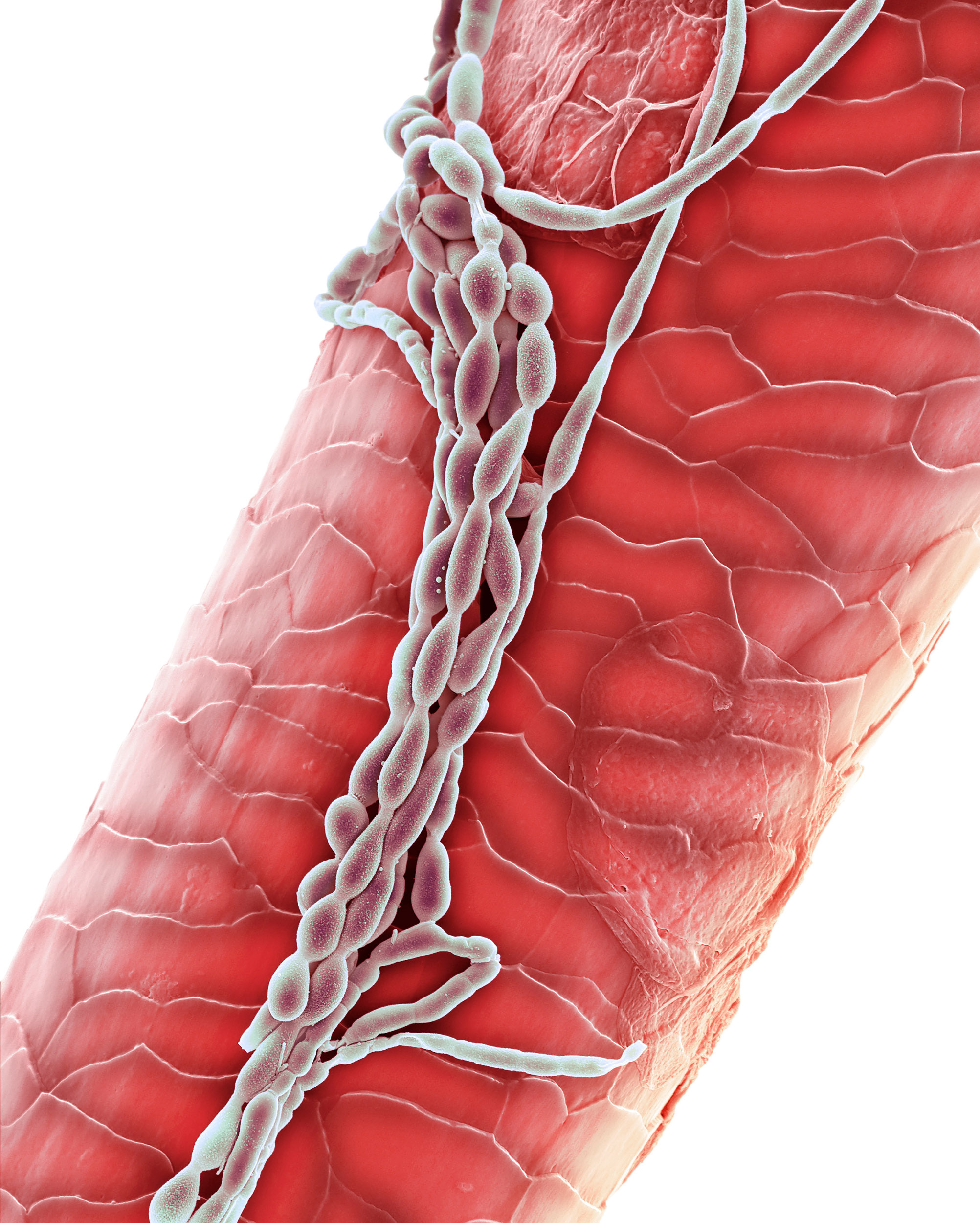
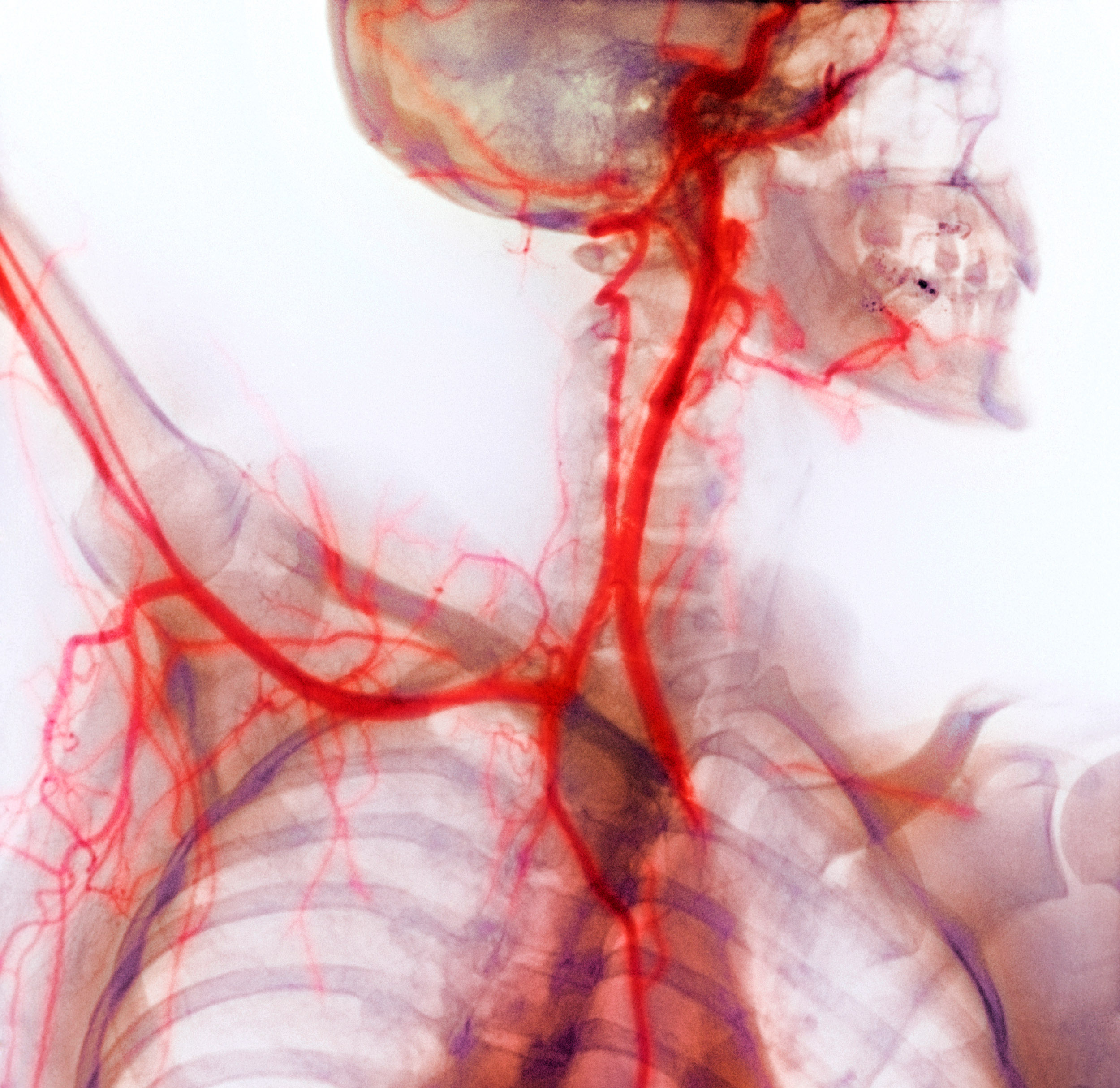
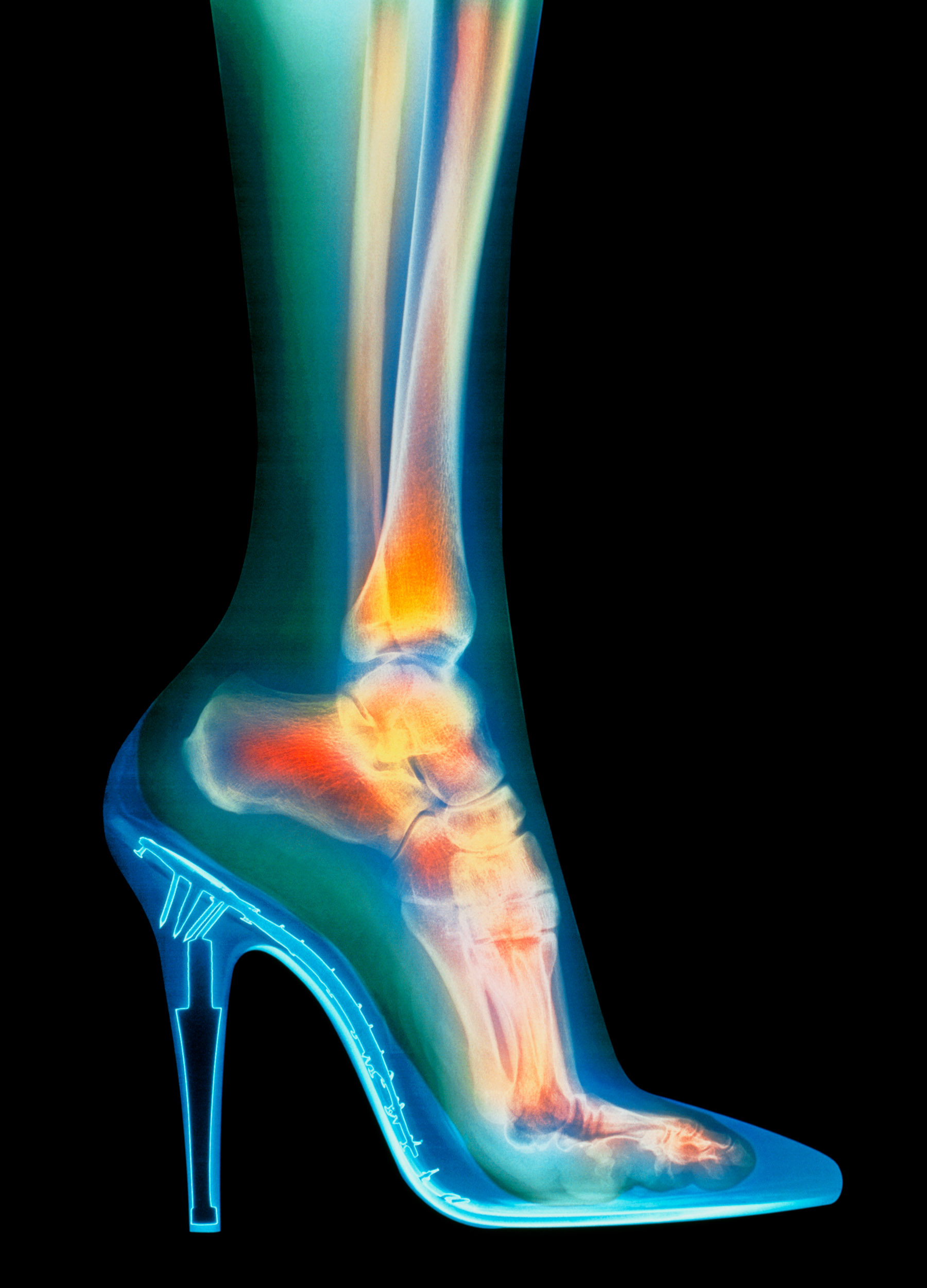
Can you single out a favourite image you worked on?
Extremely difficult to single out a favourite image.
I have coloured hundreds of images over the years, but I think my early X-ray images are my favourites: toaster with flying toast and stiletto.

